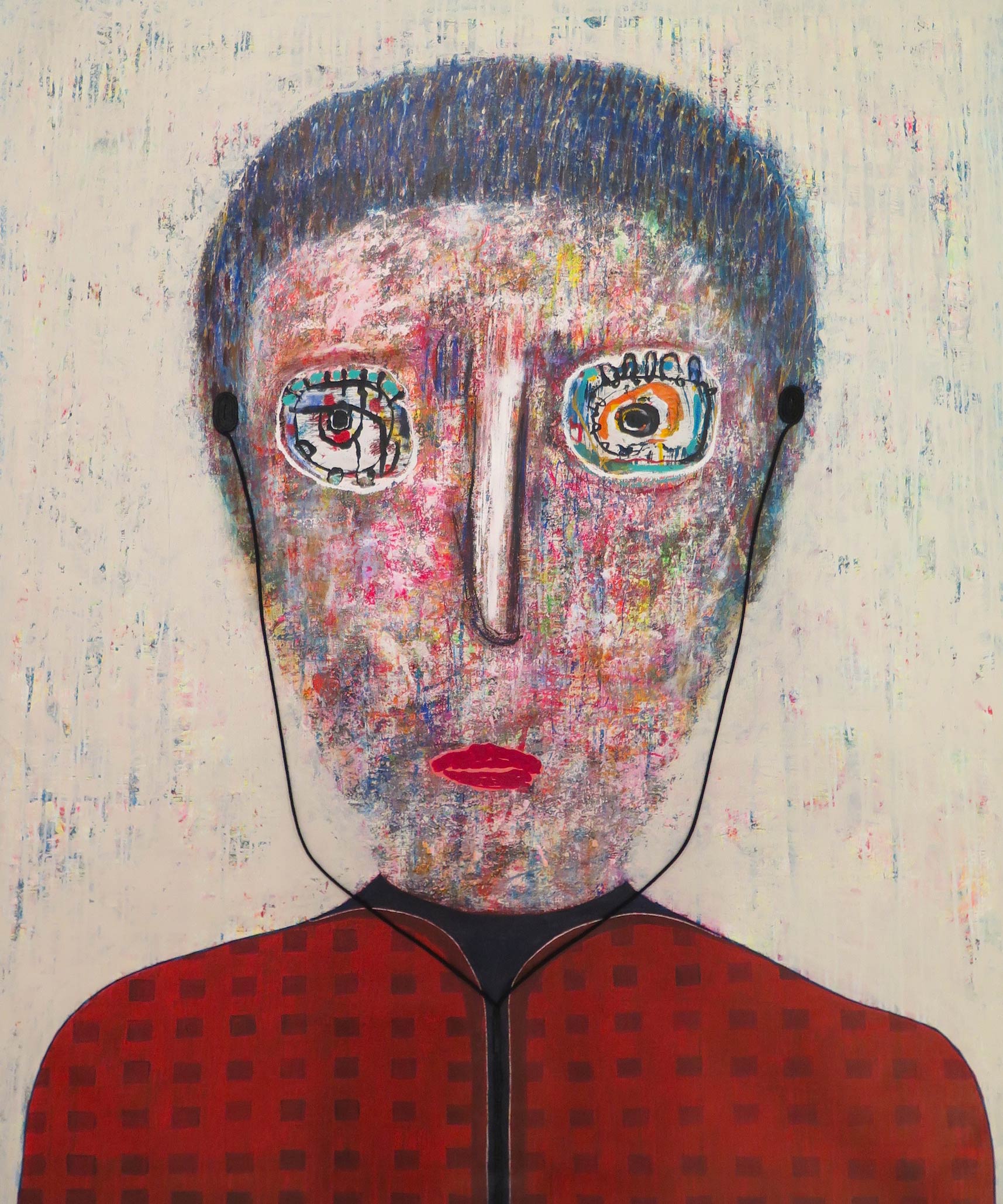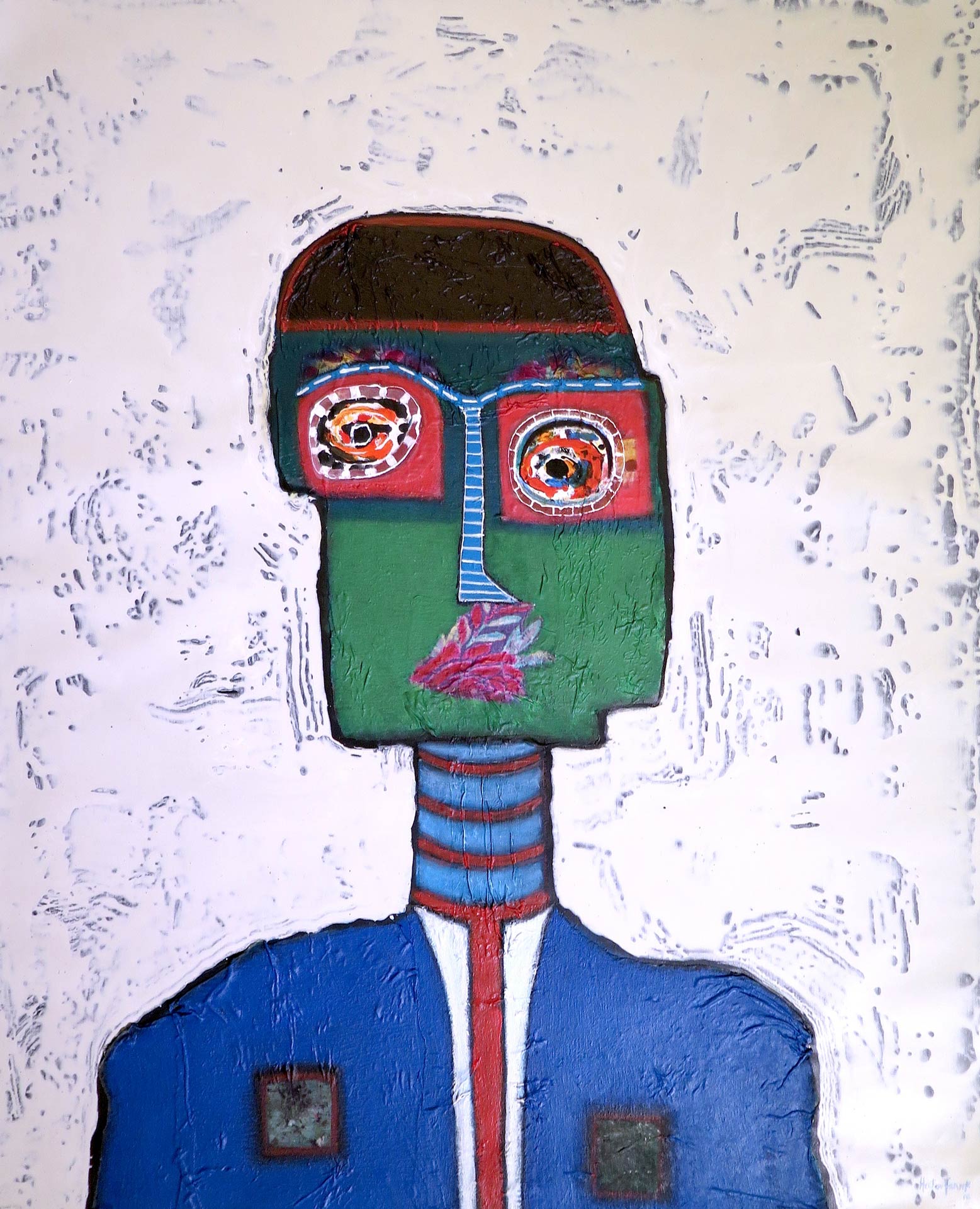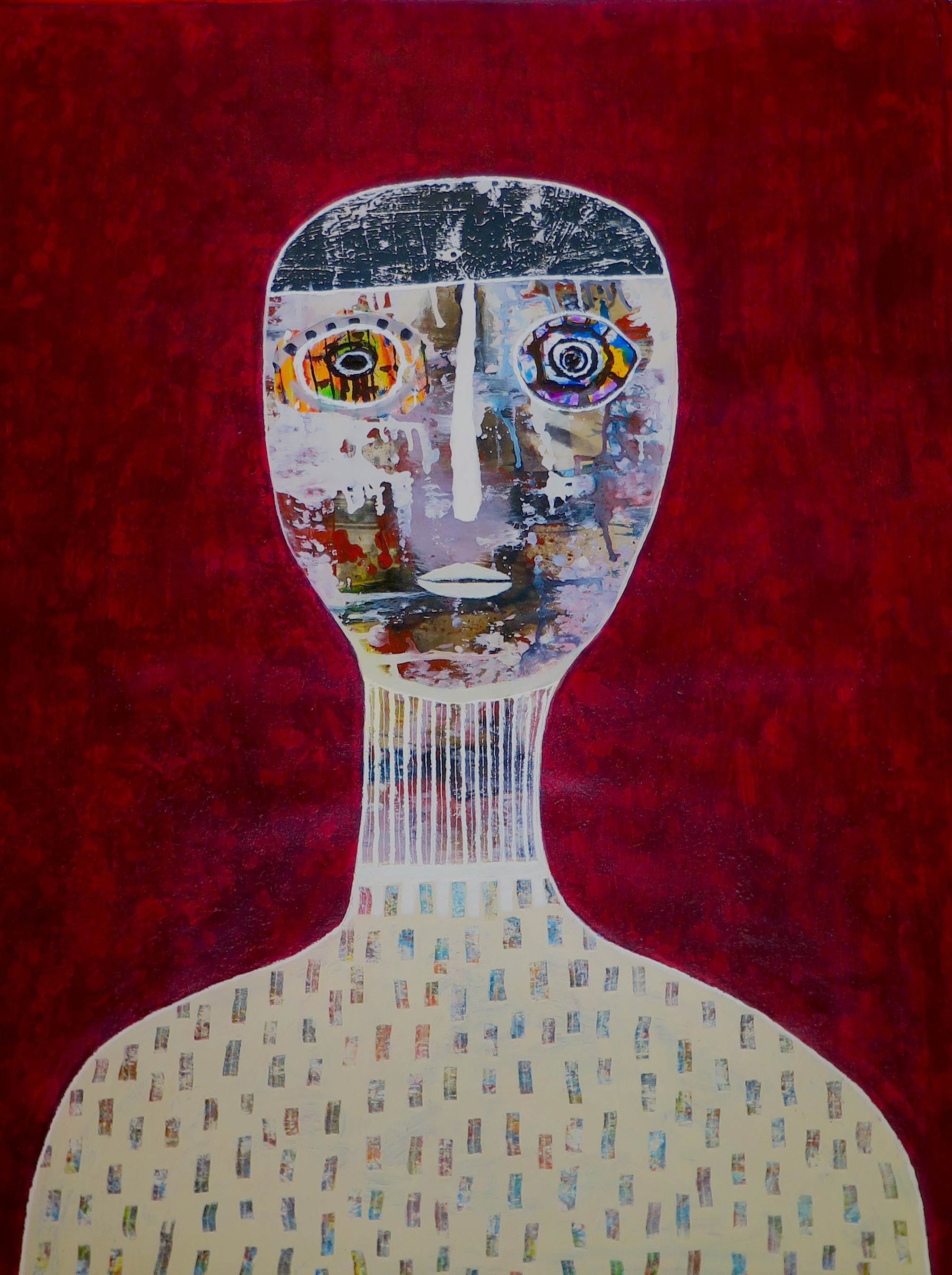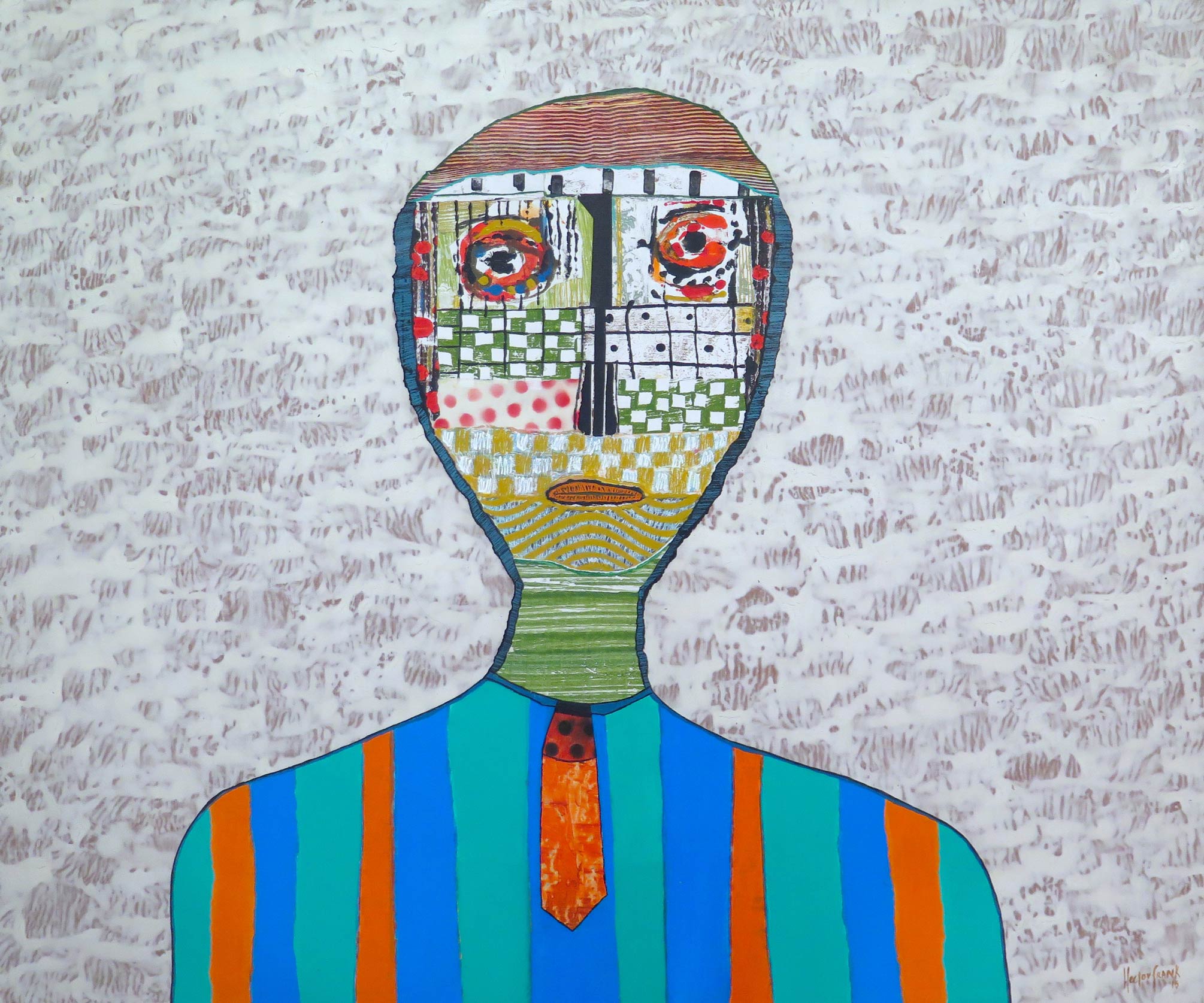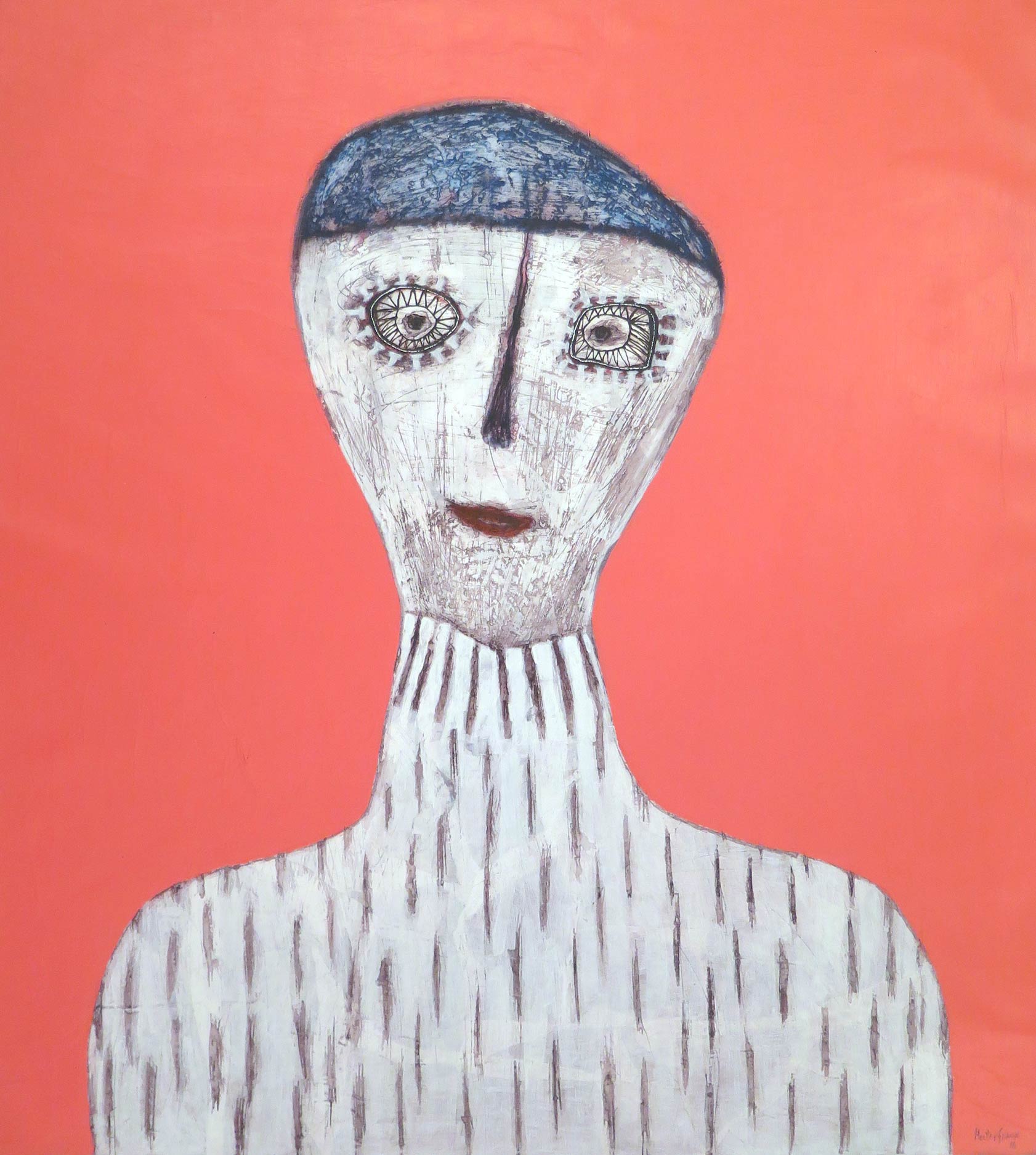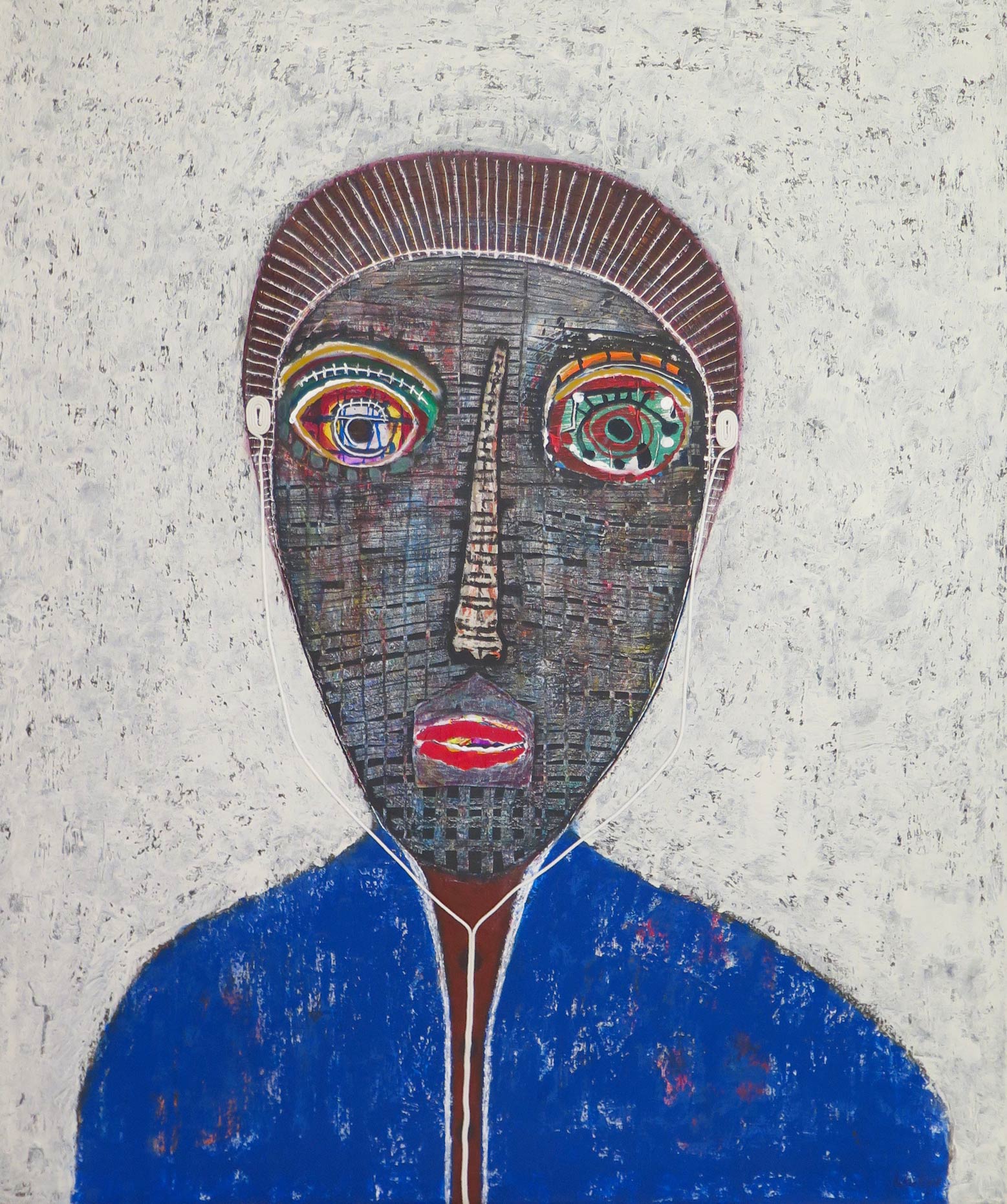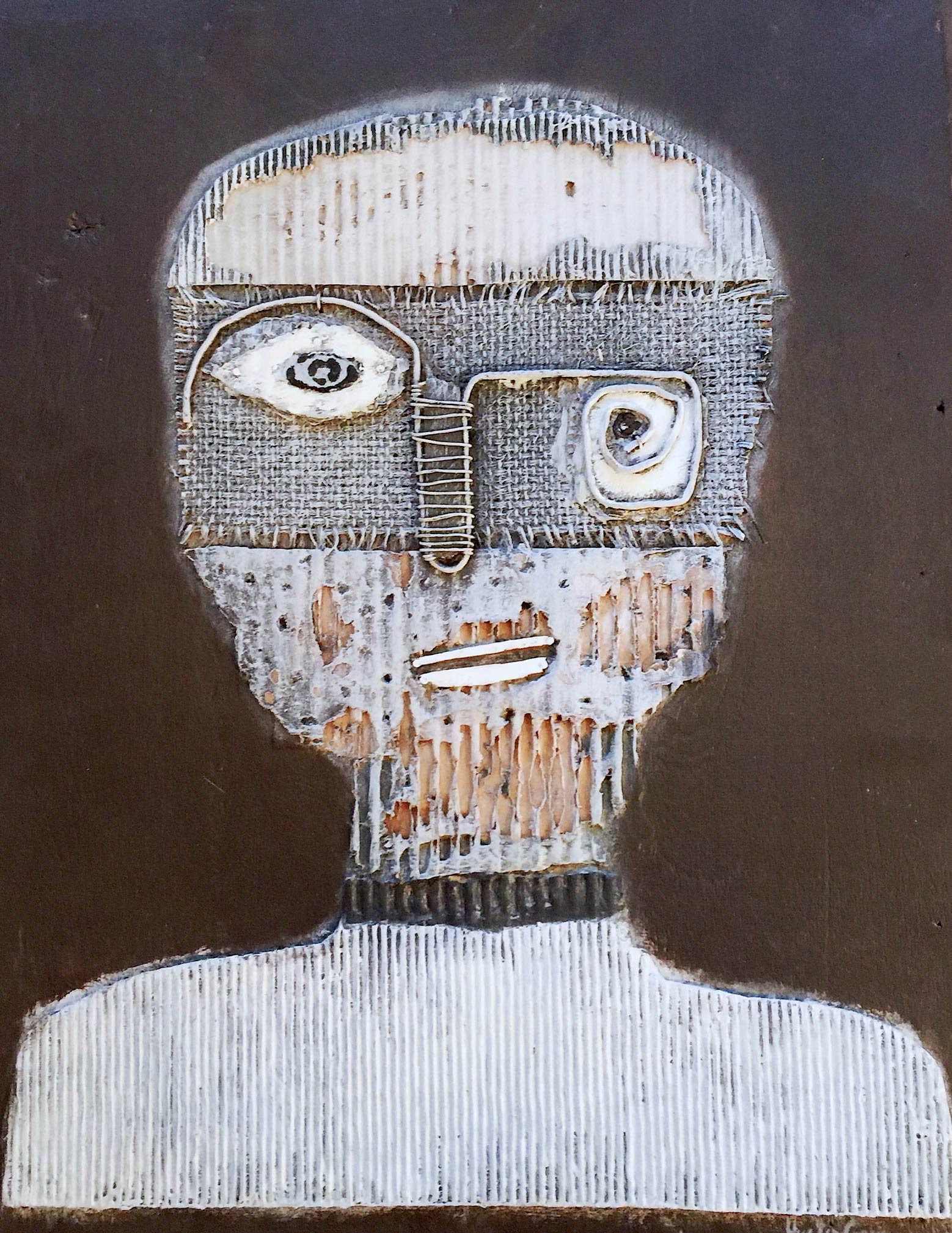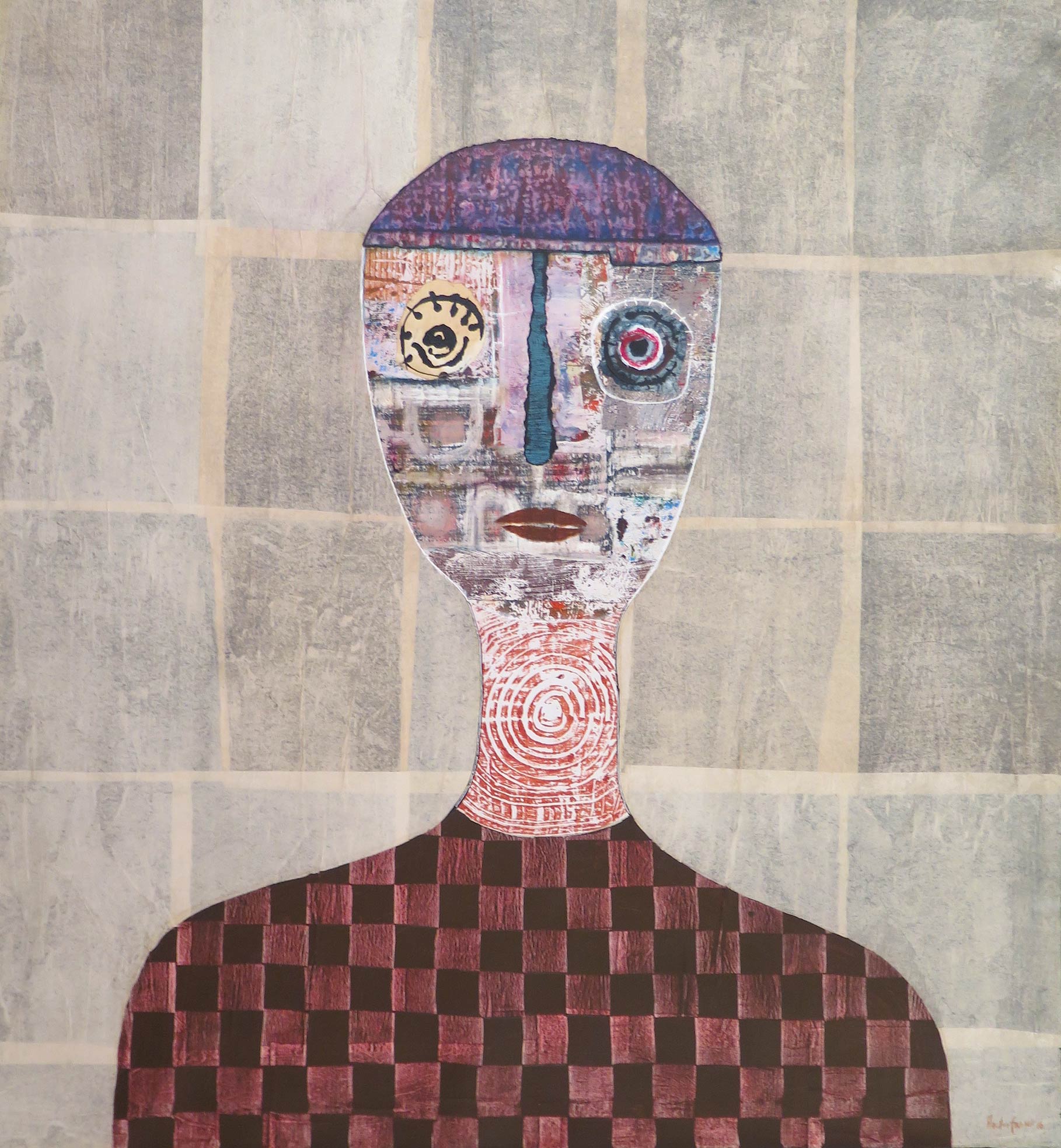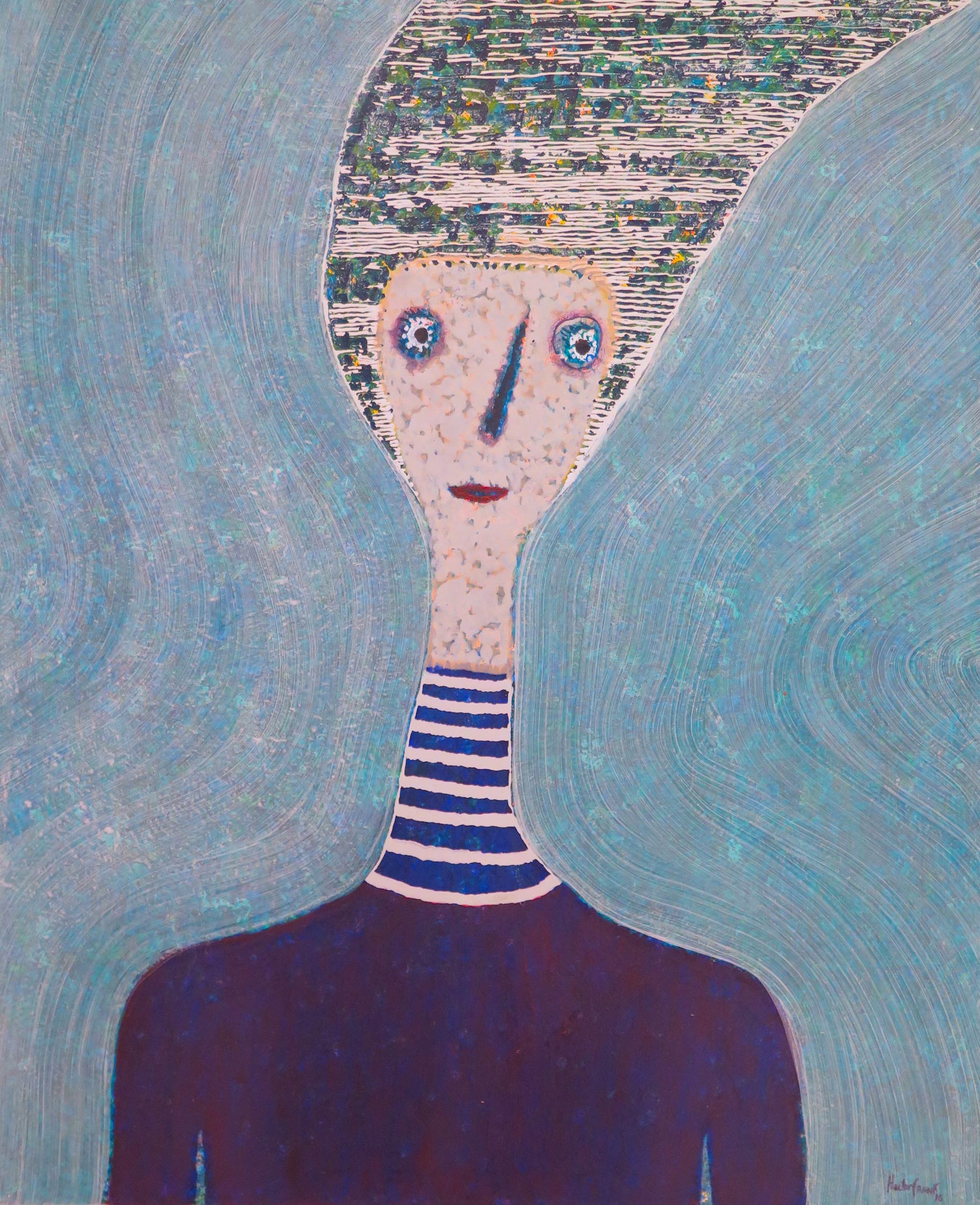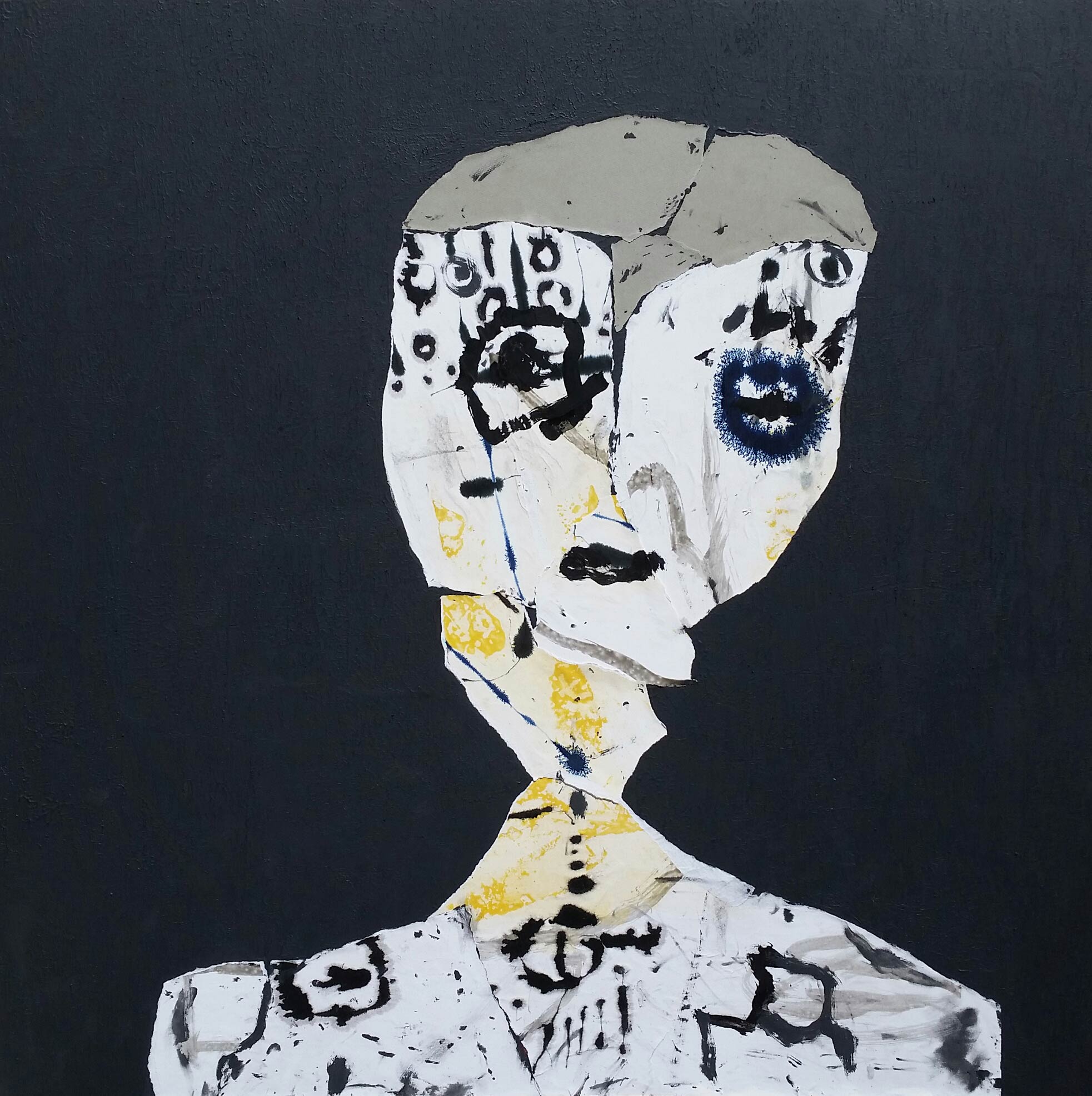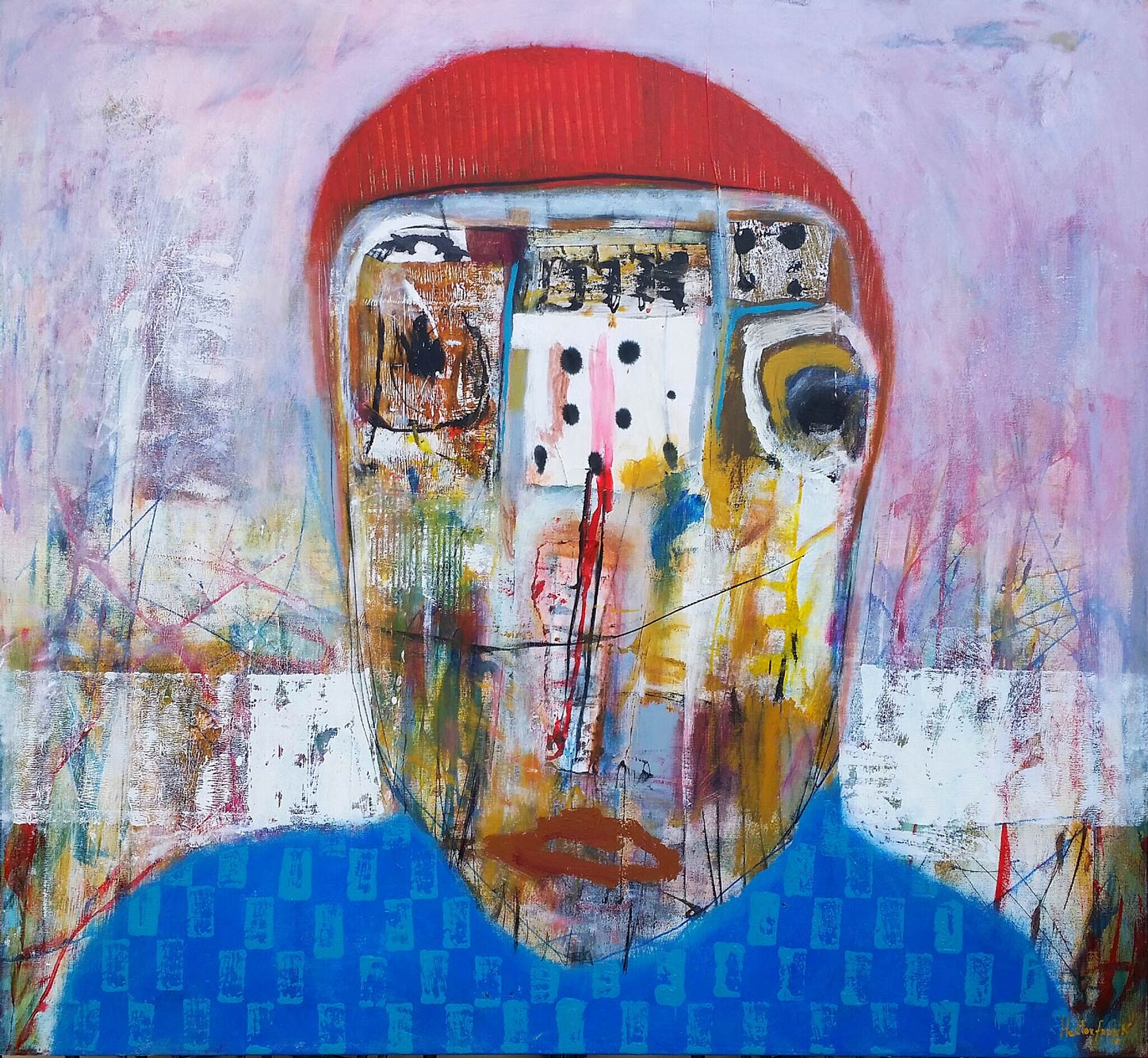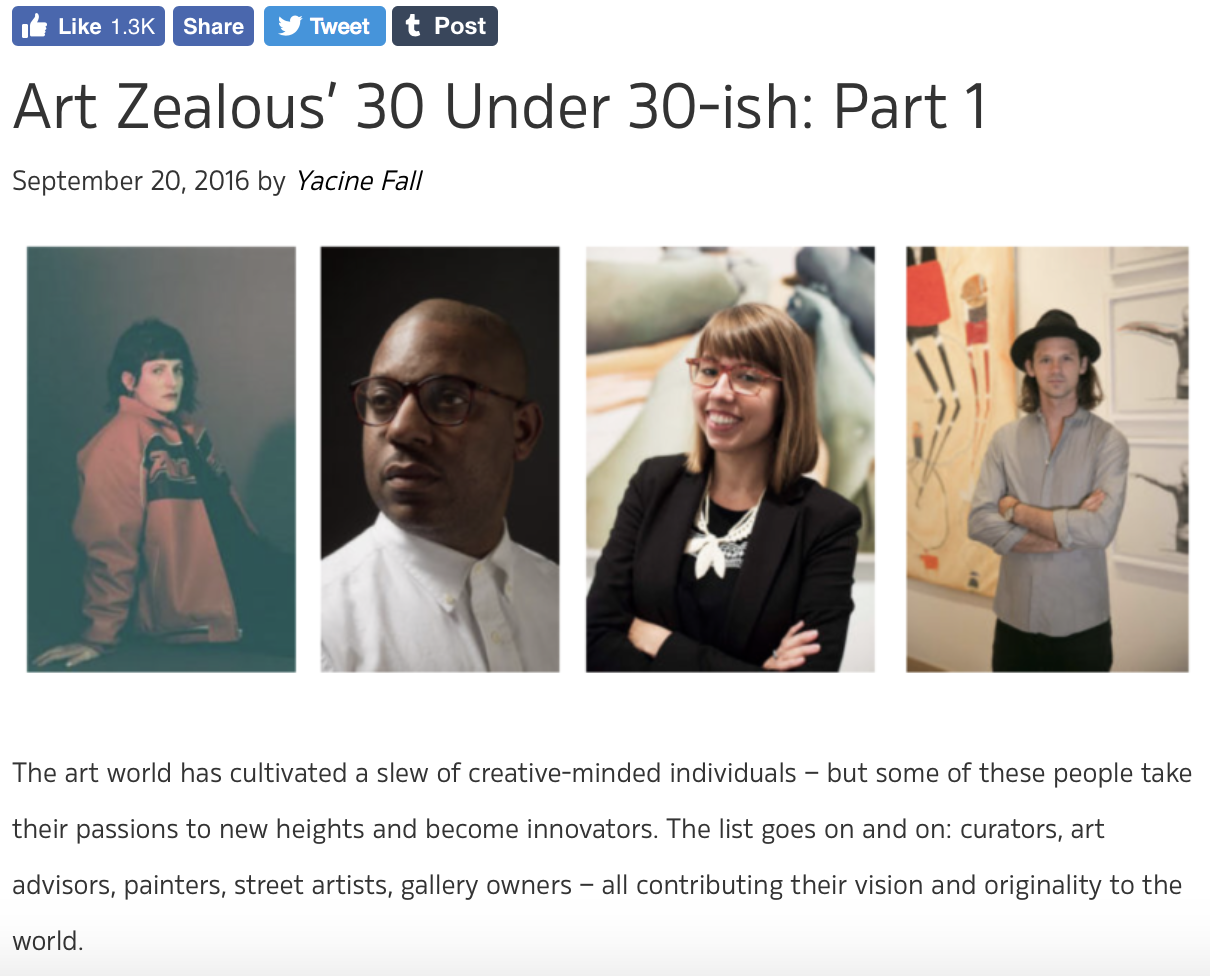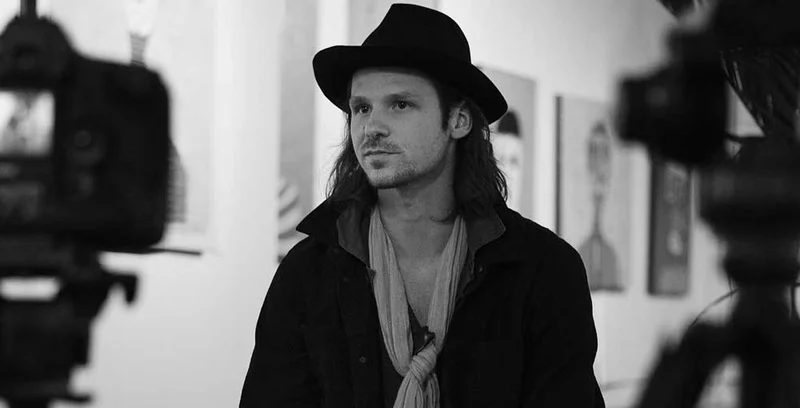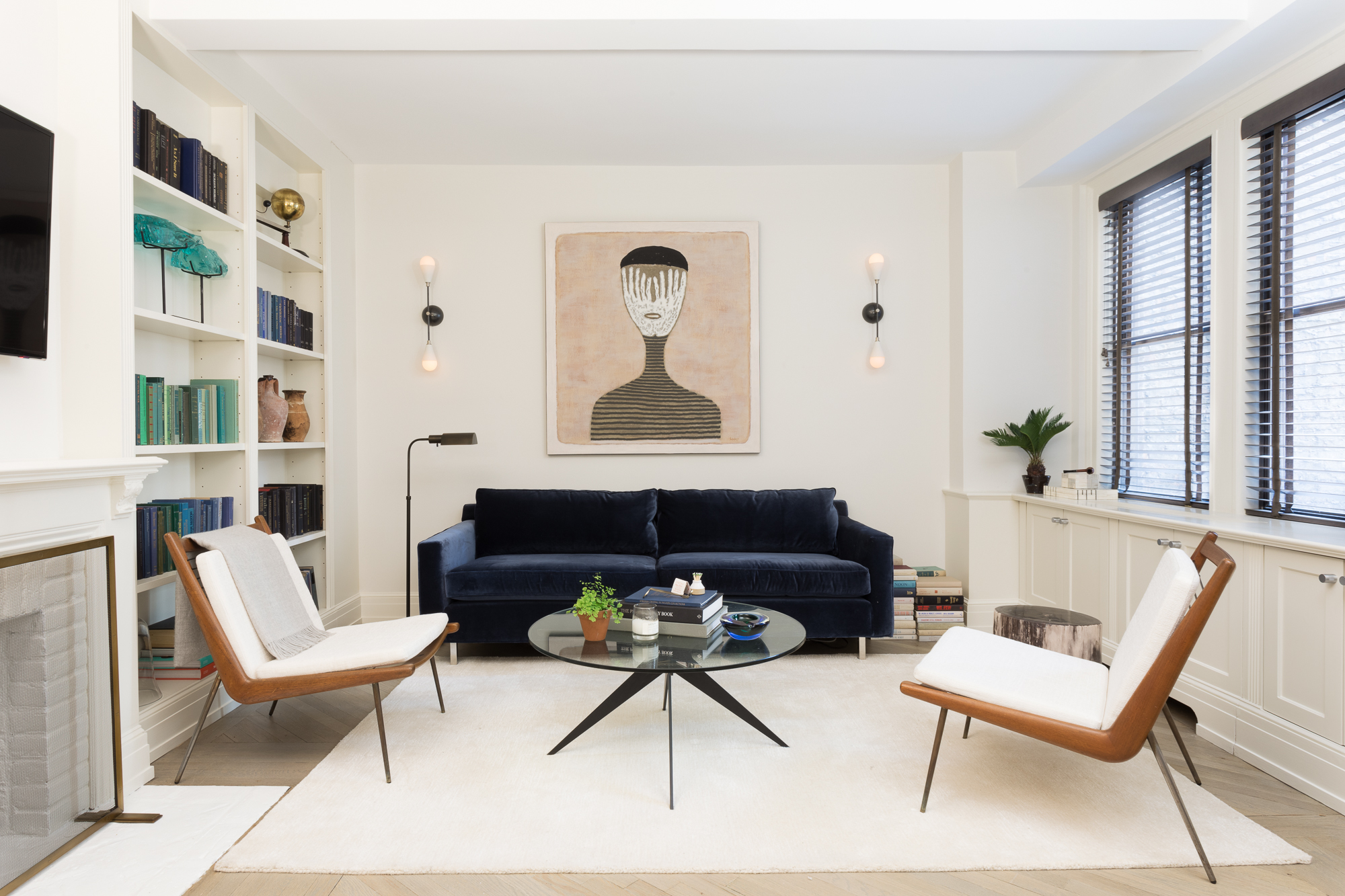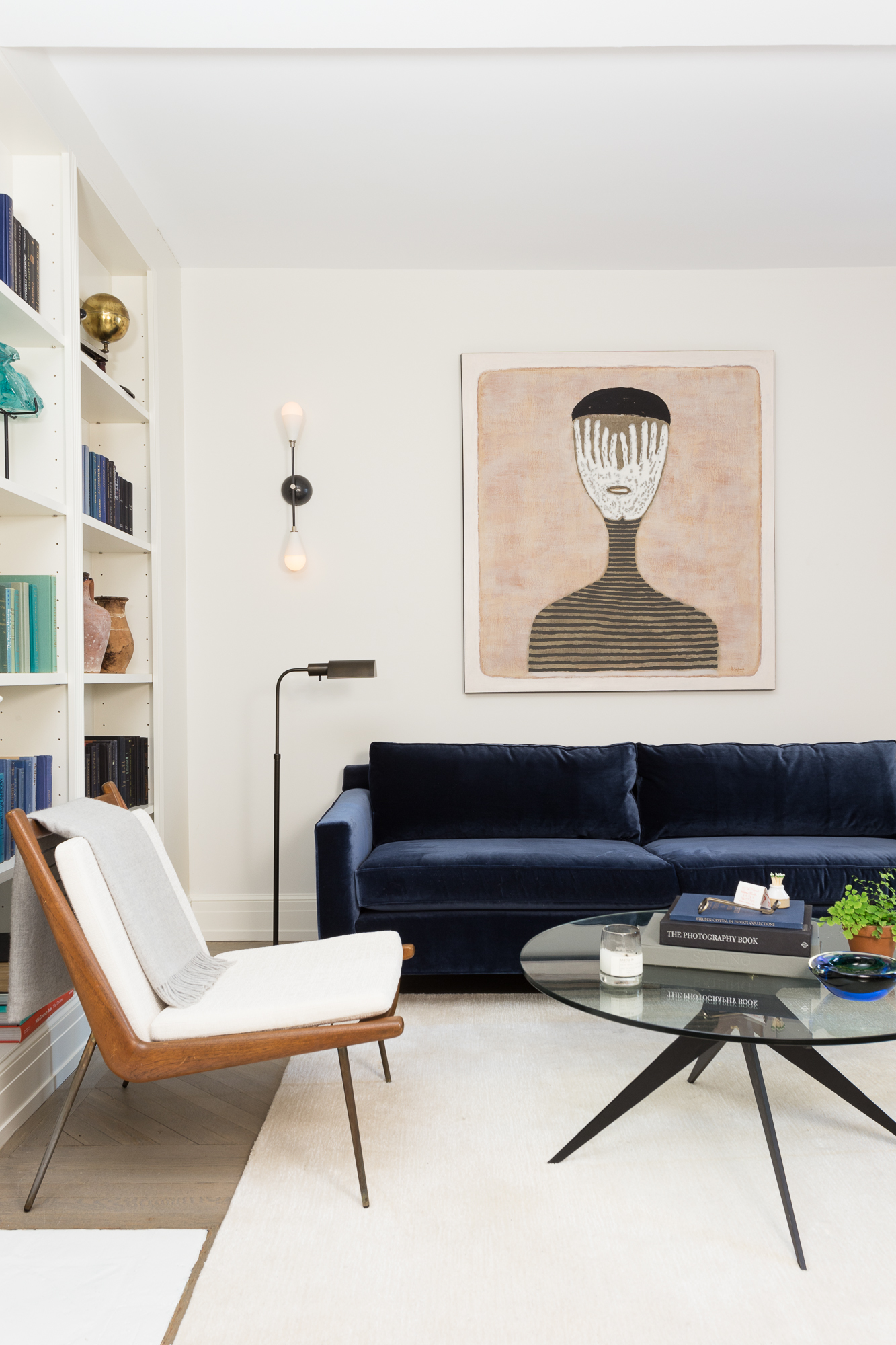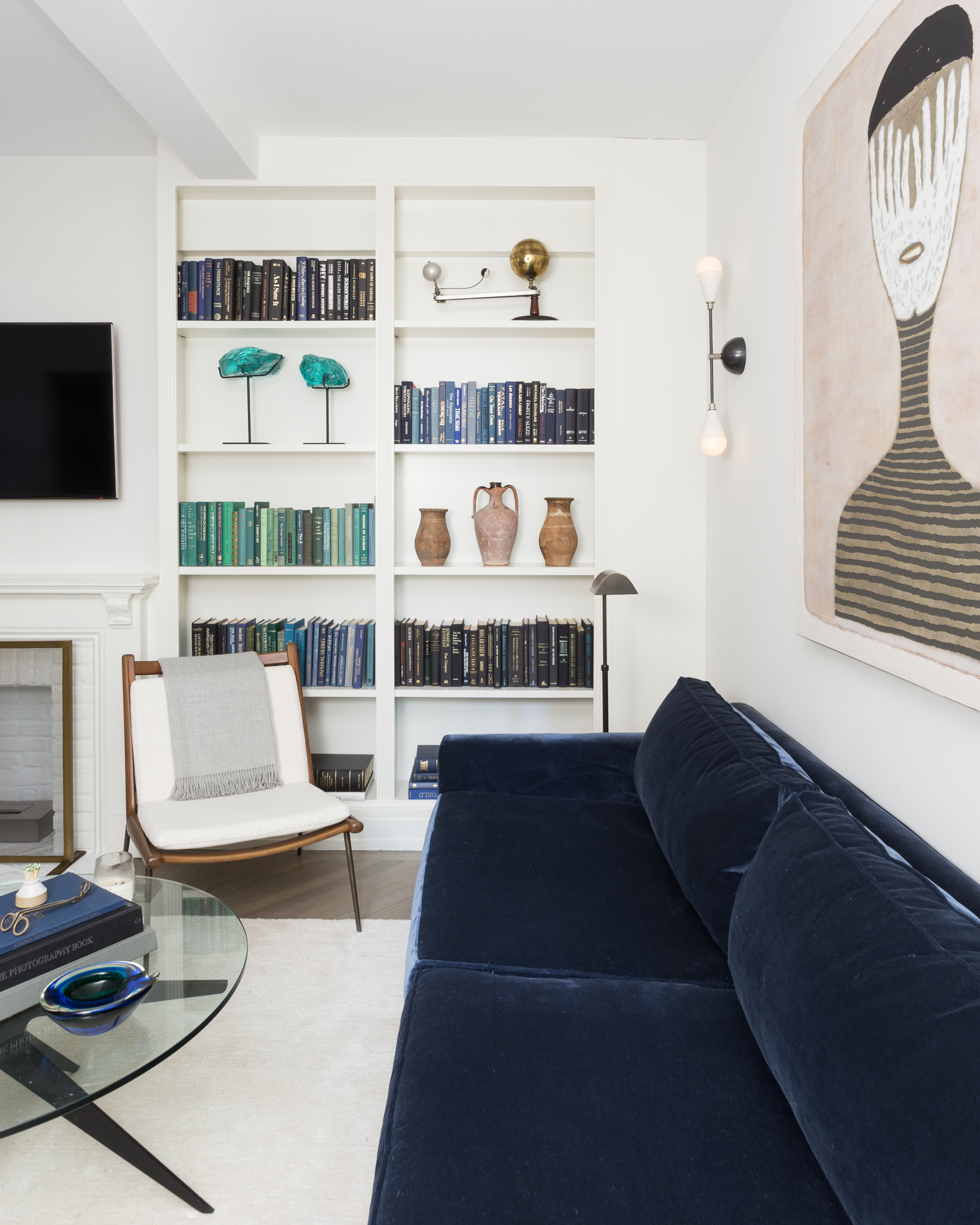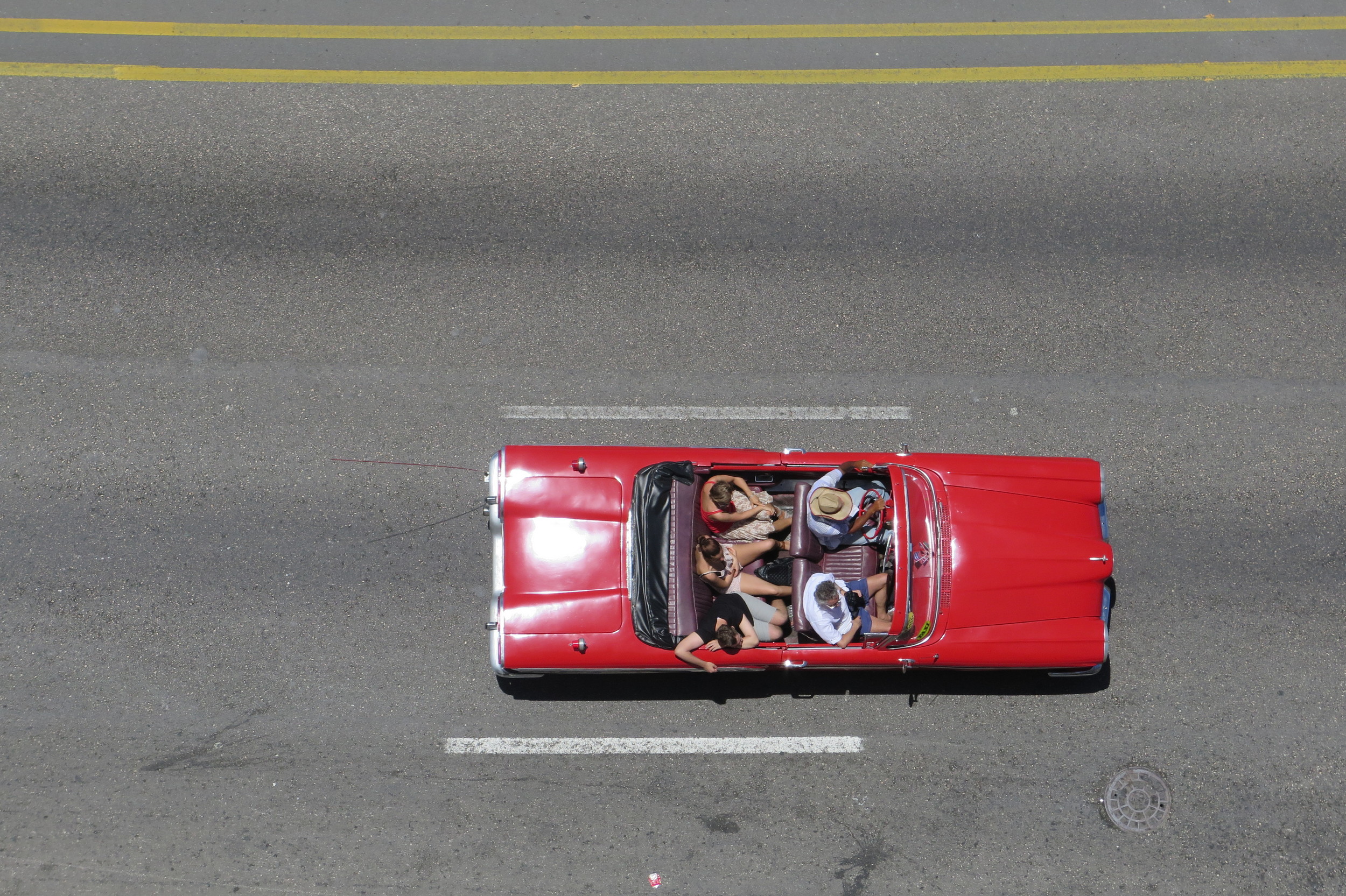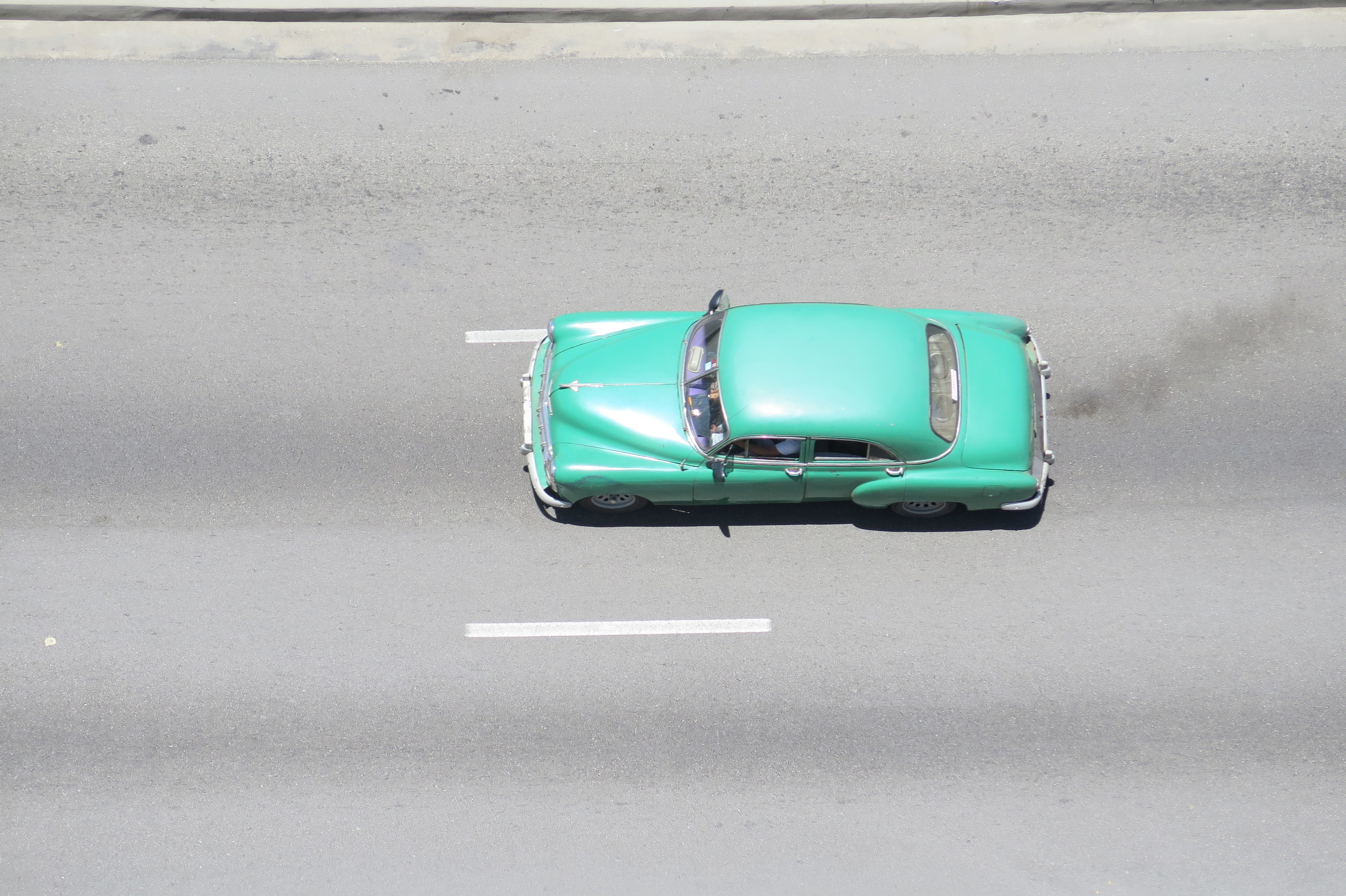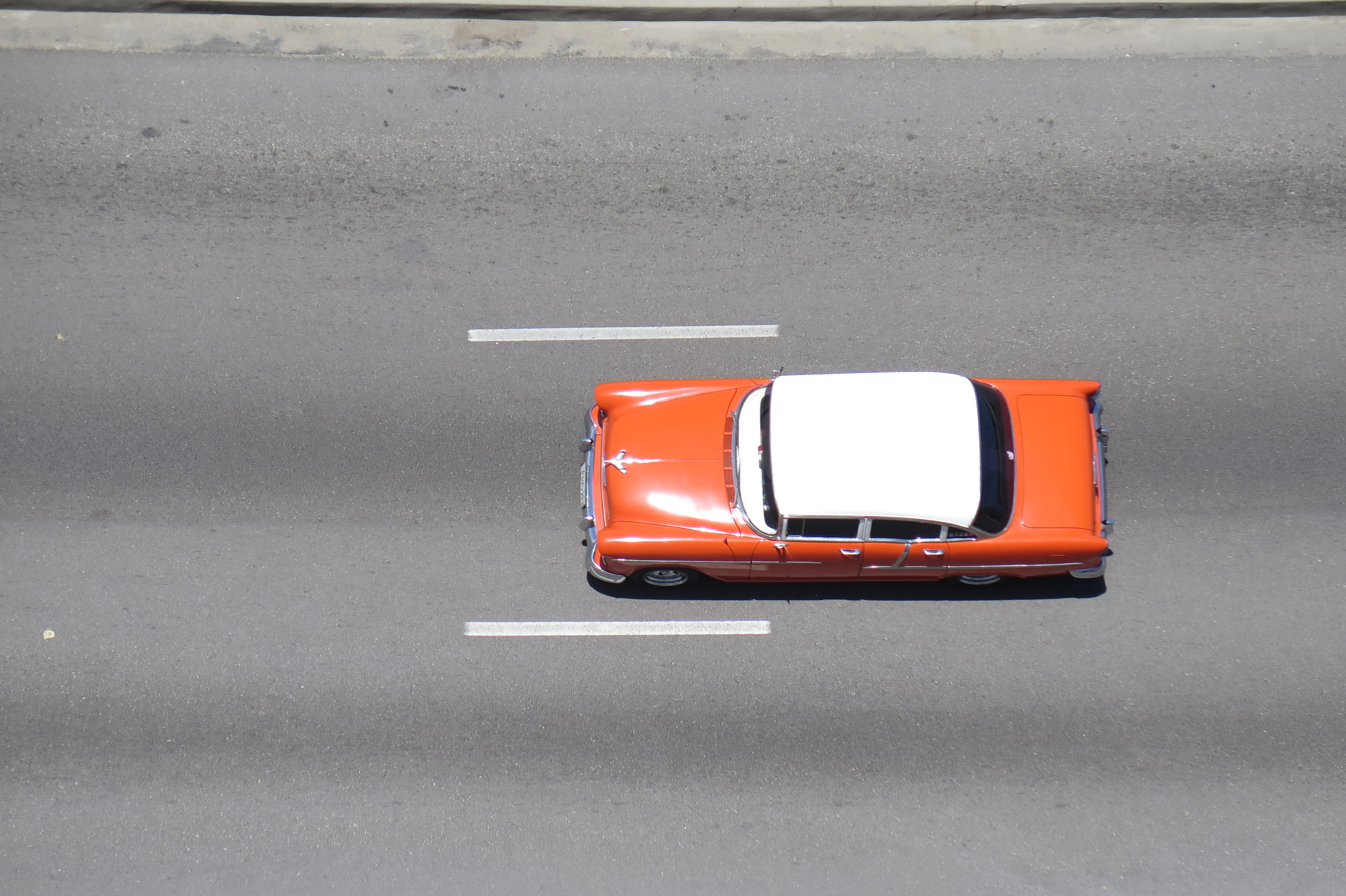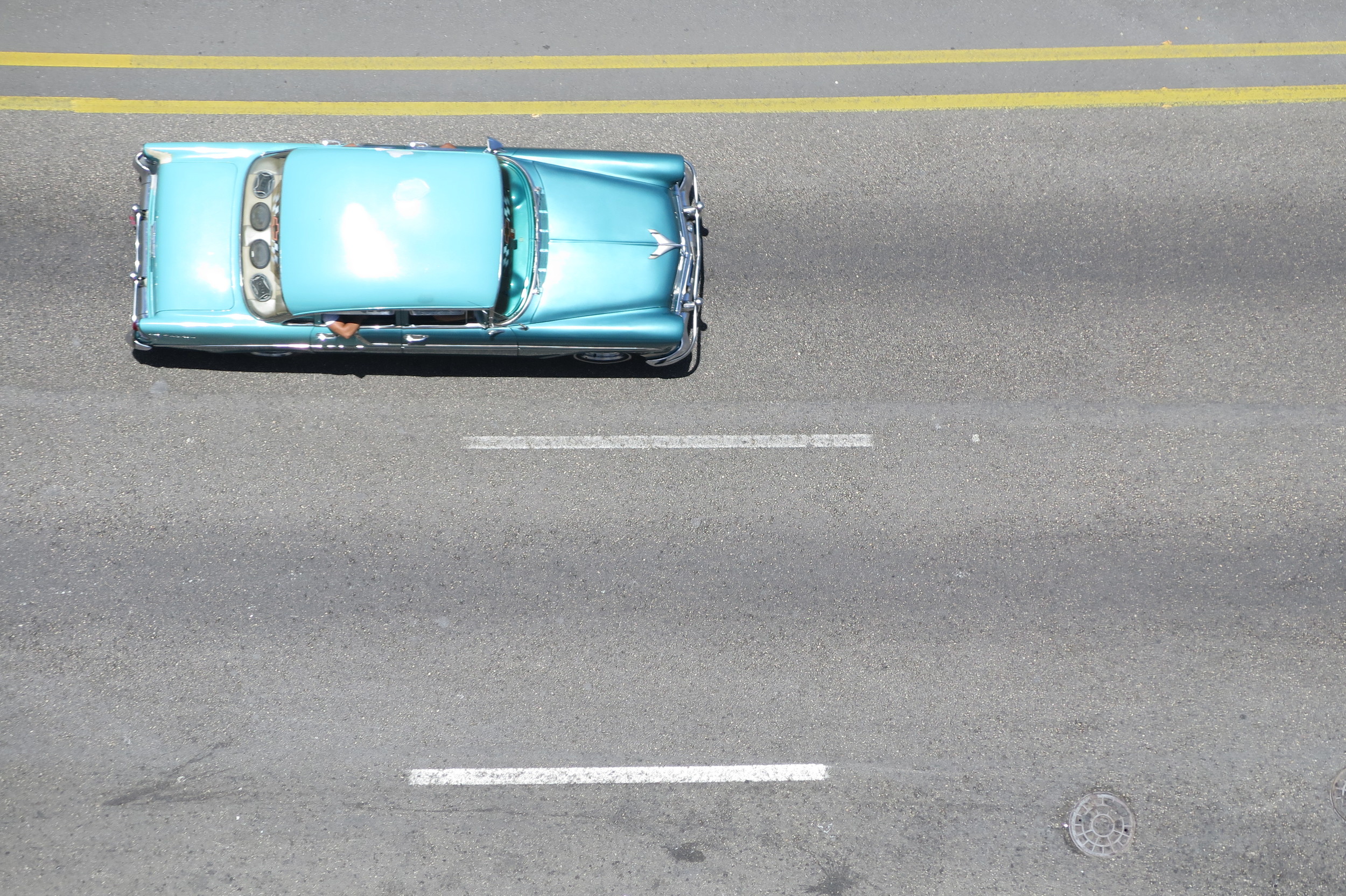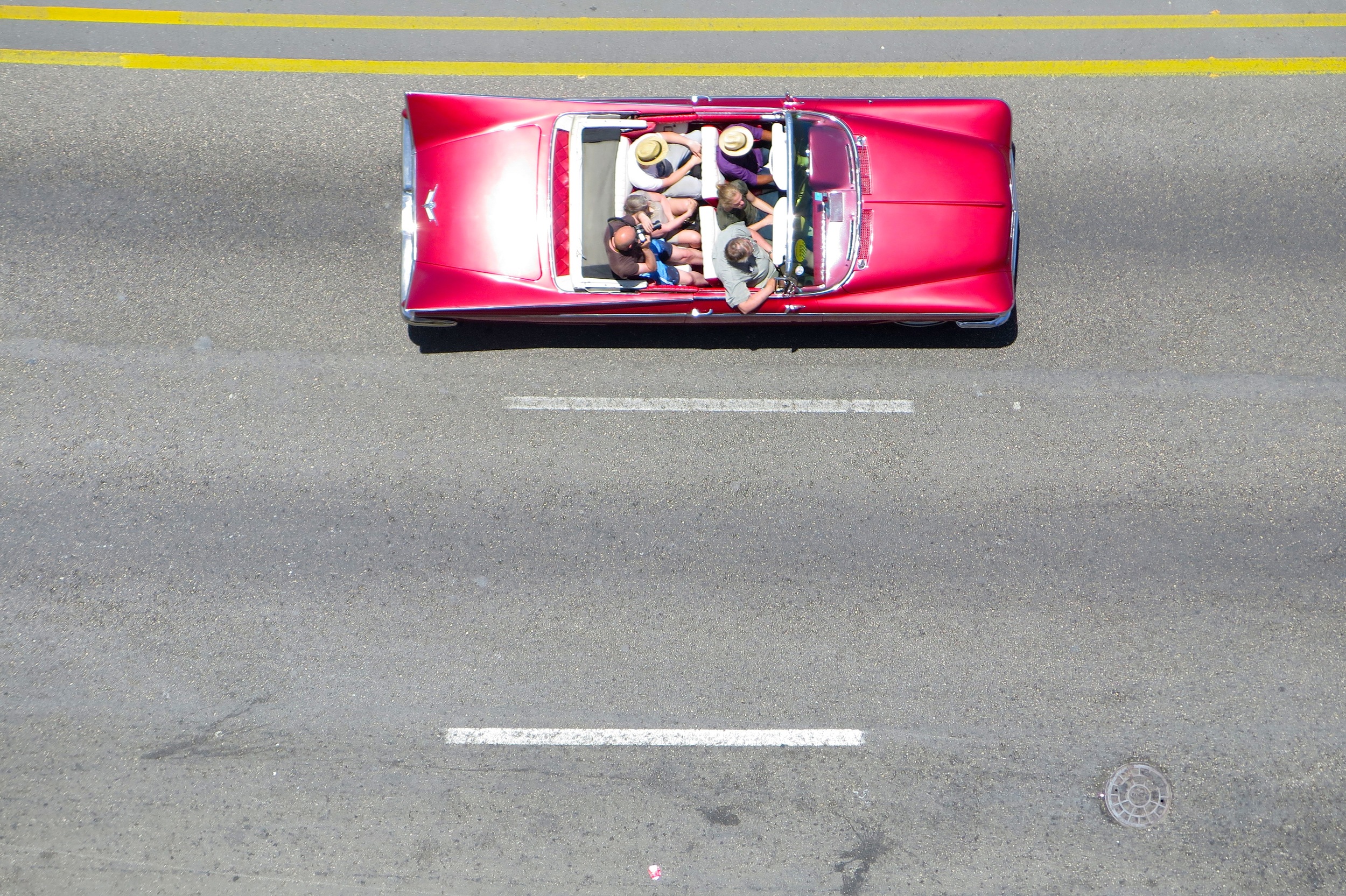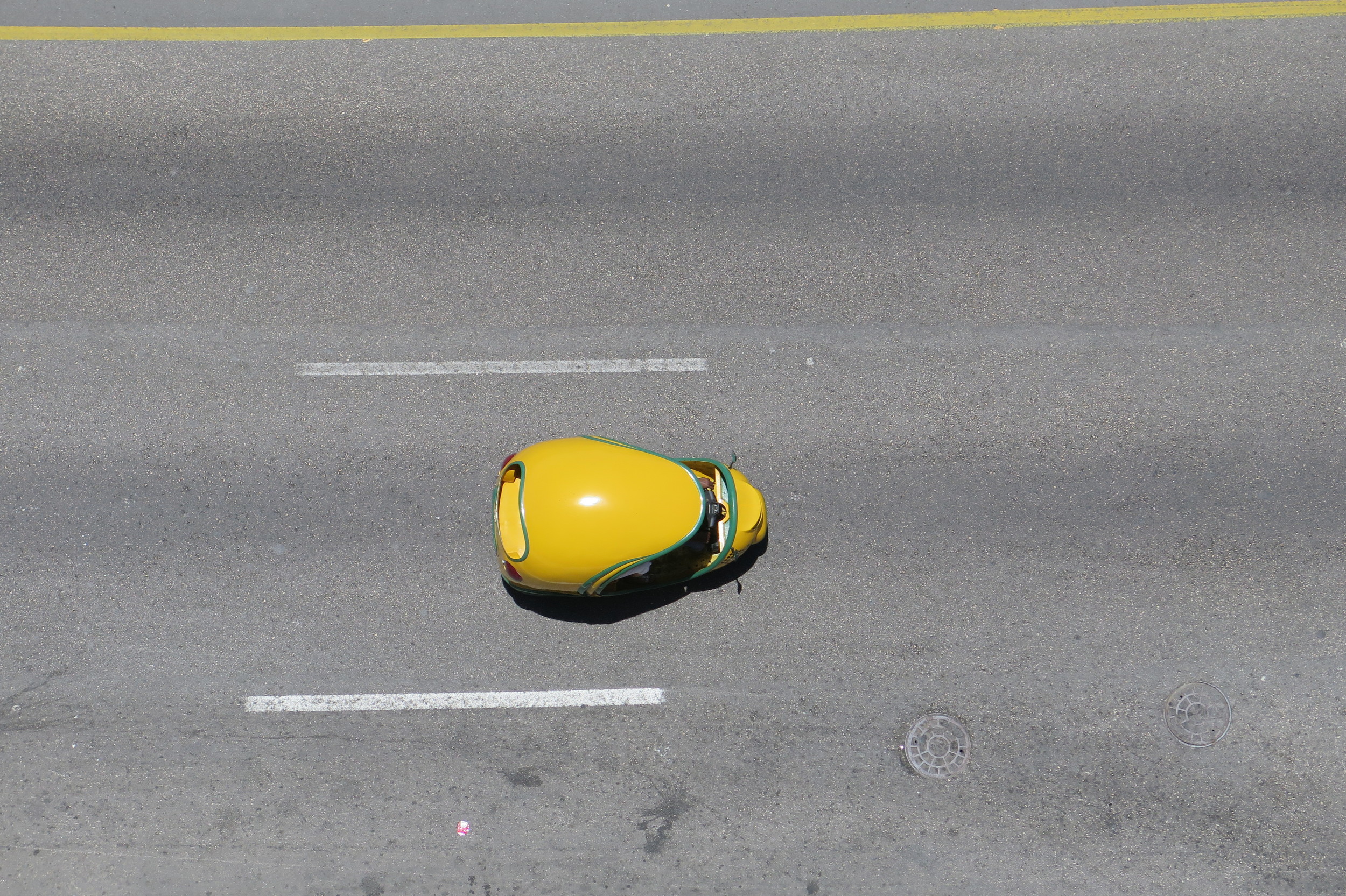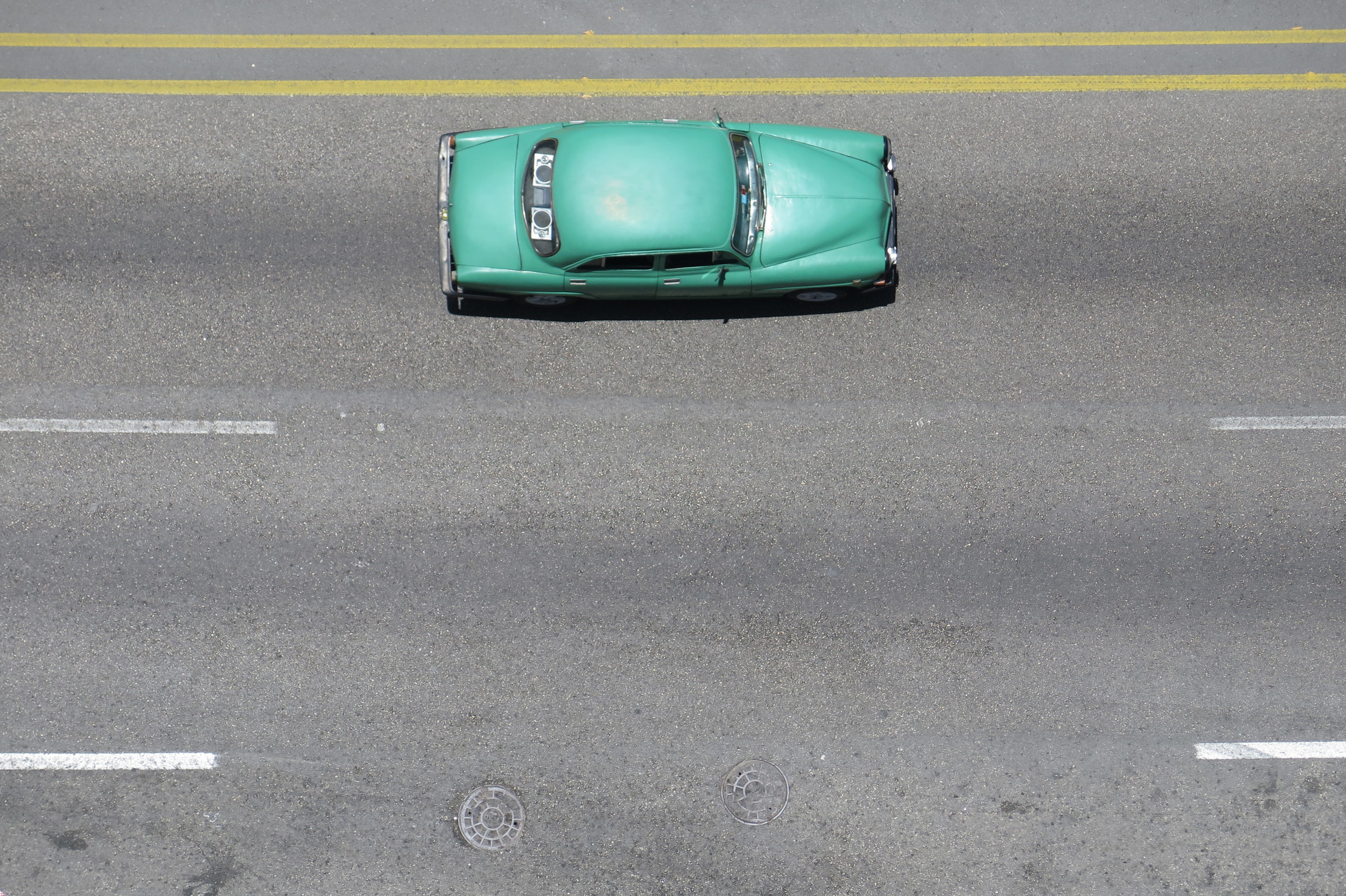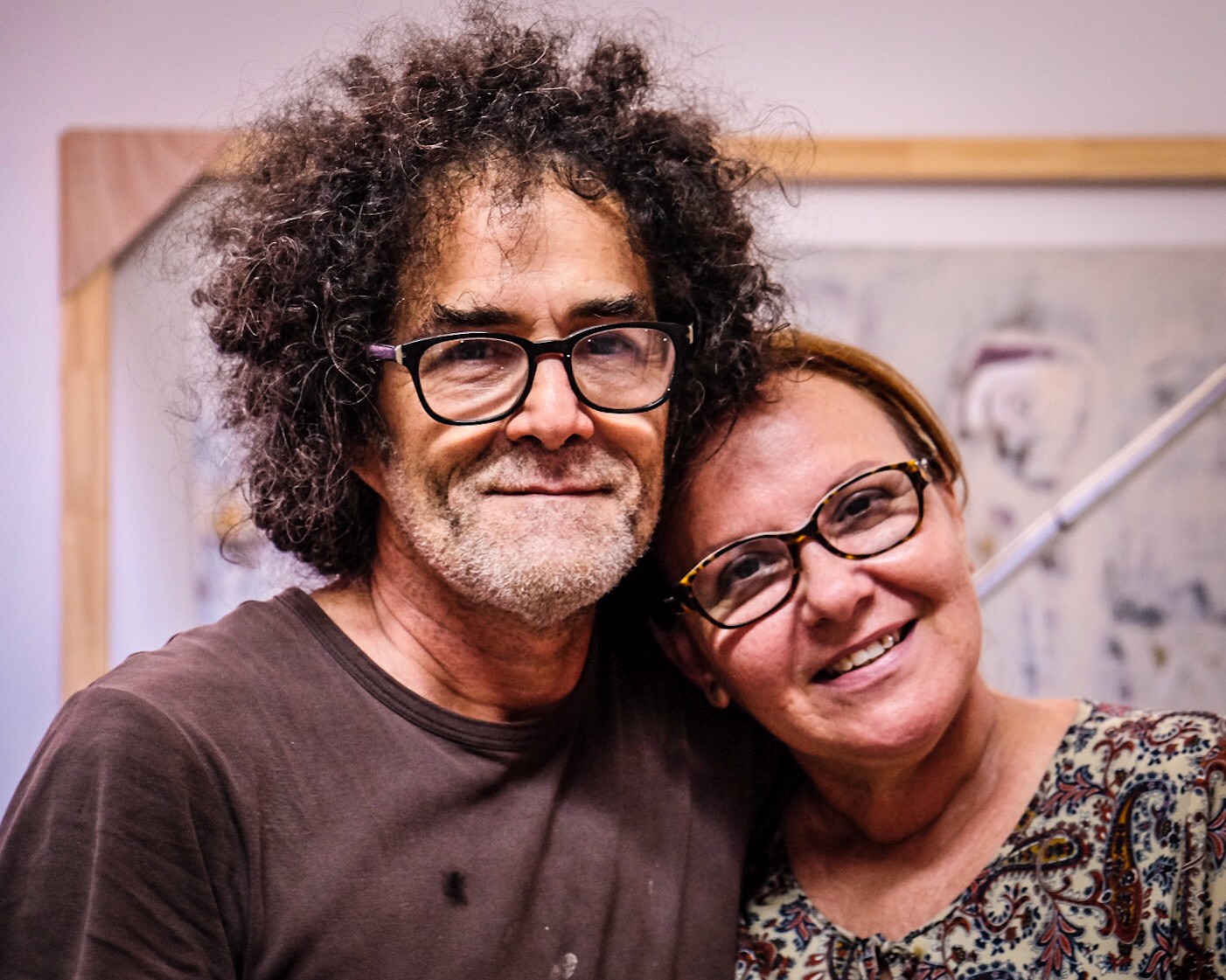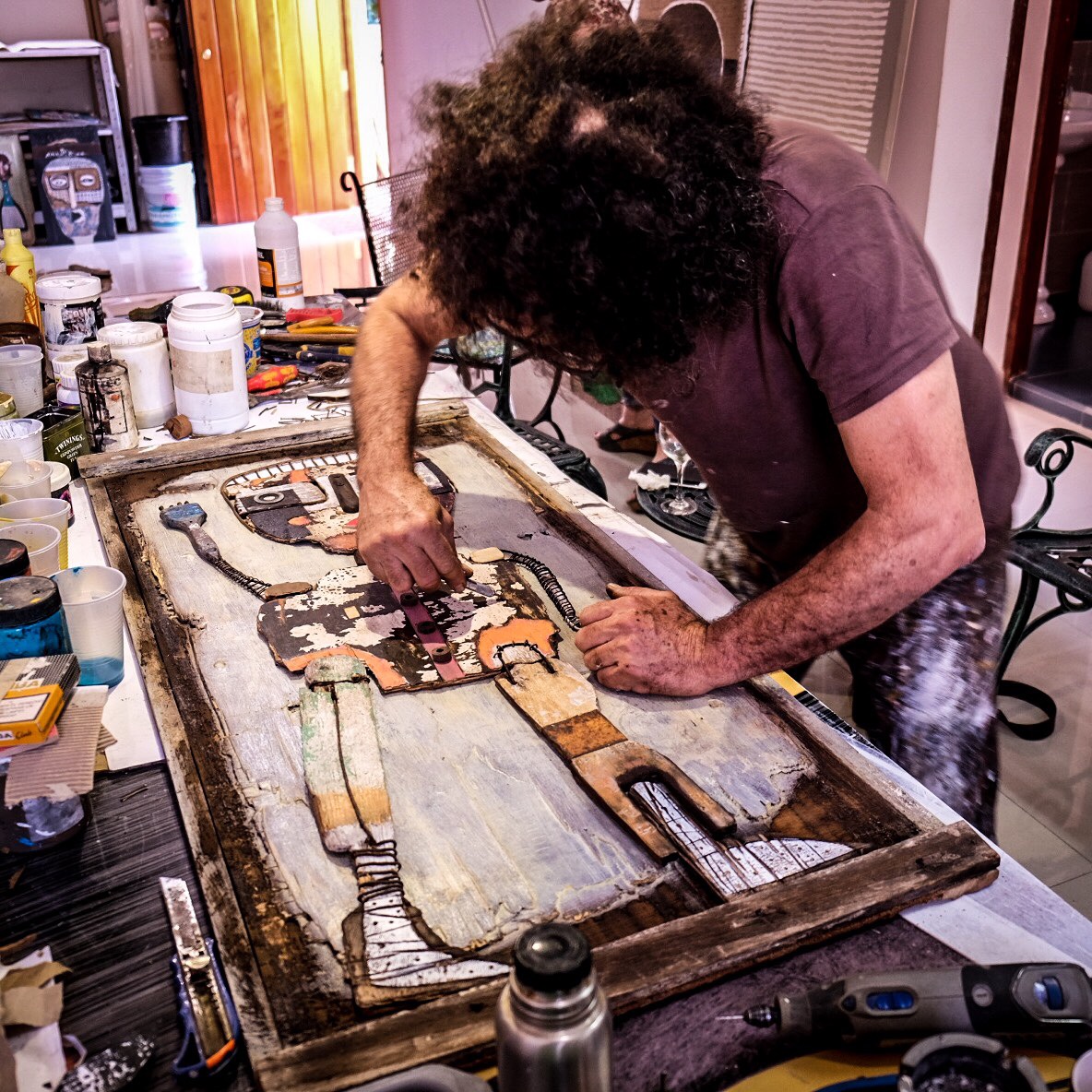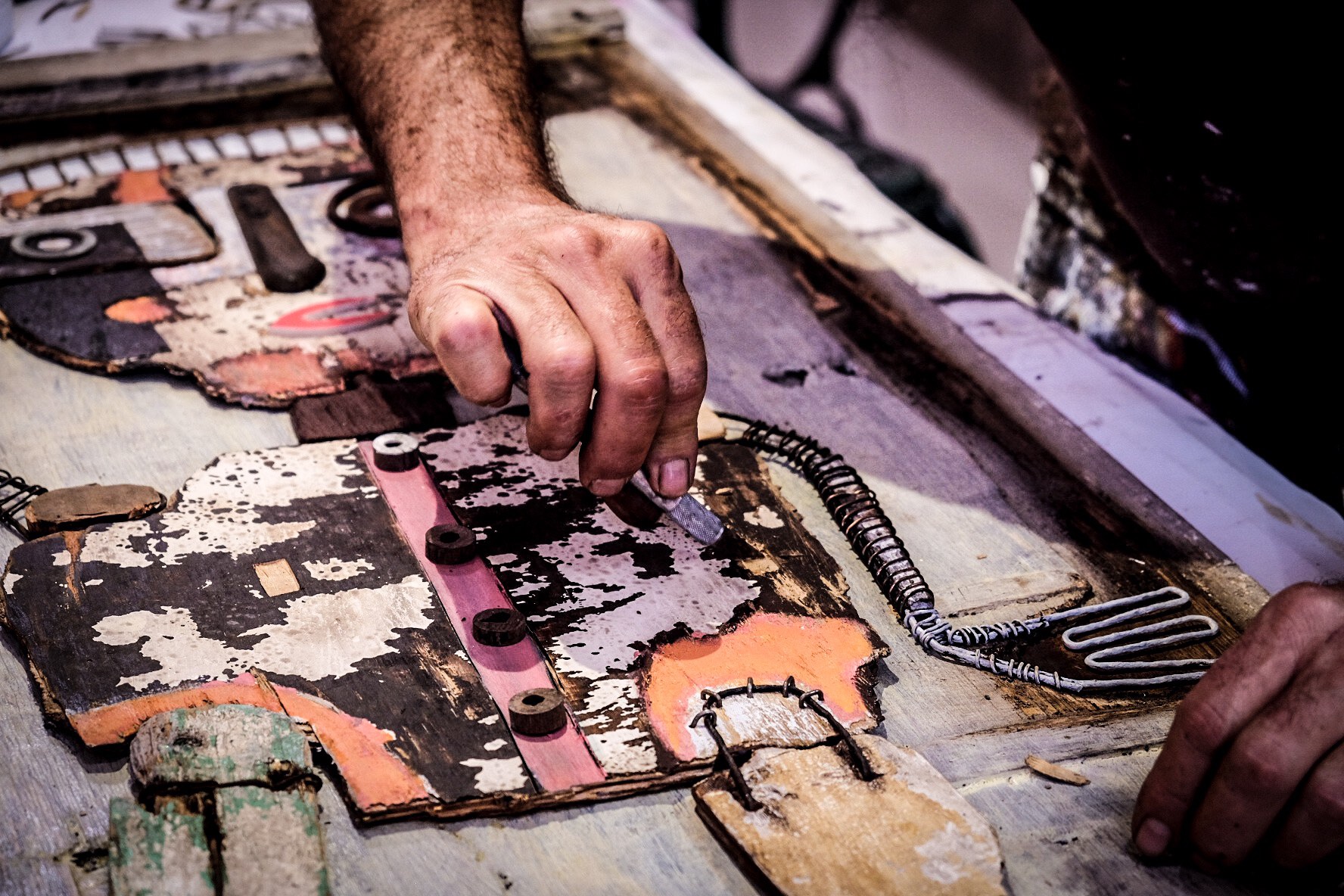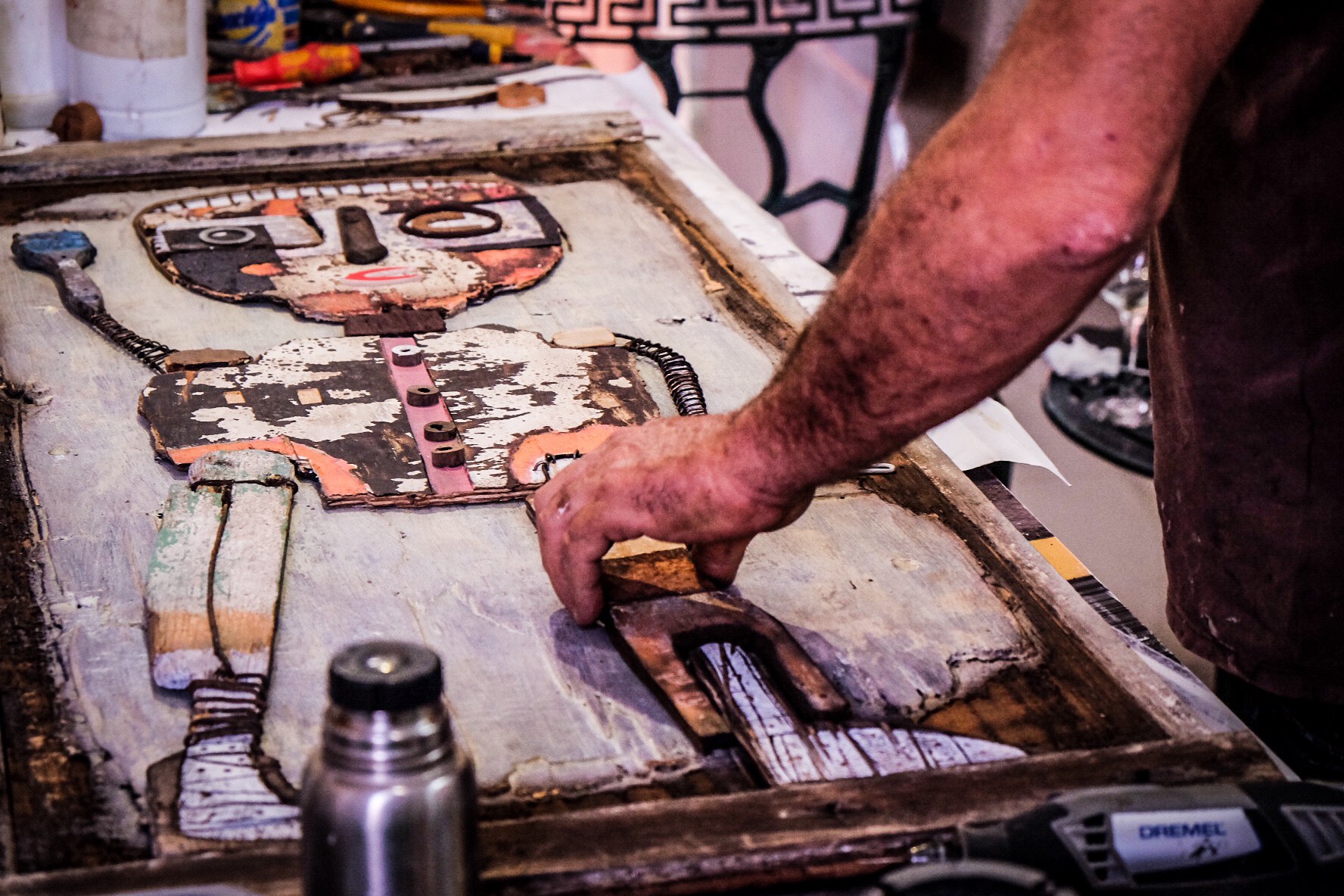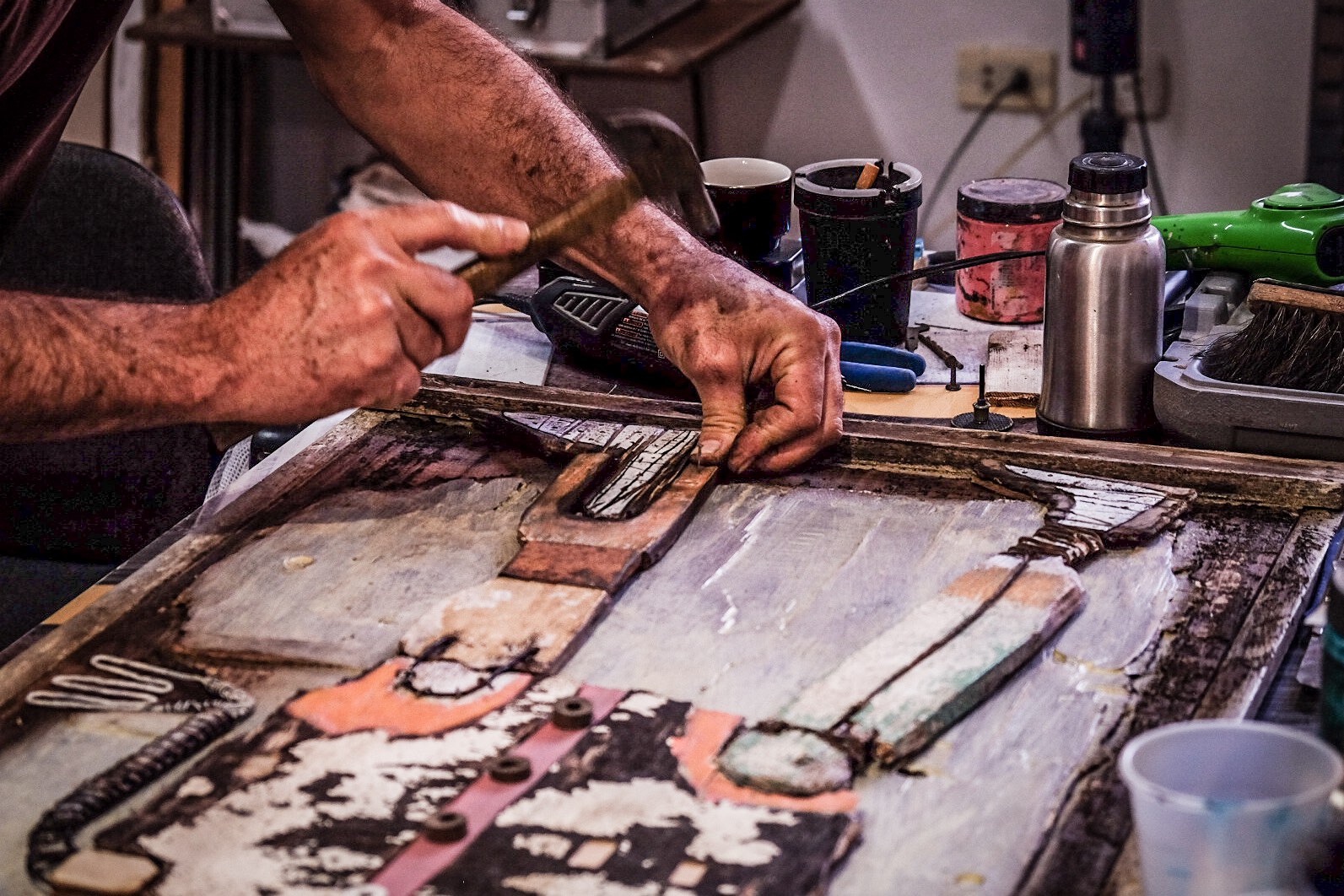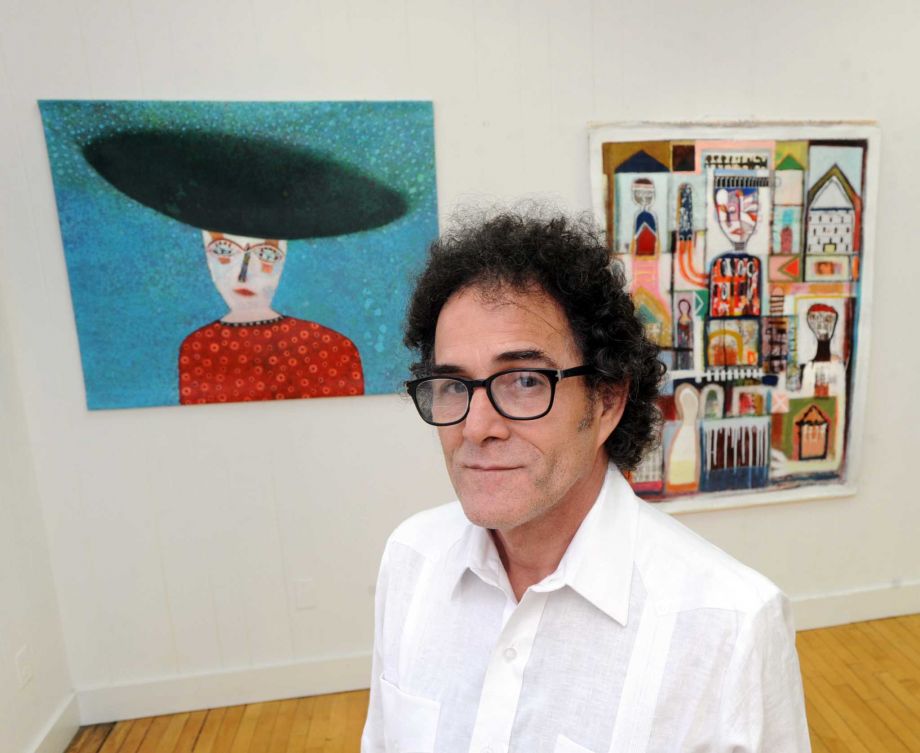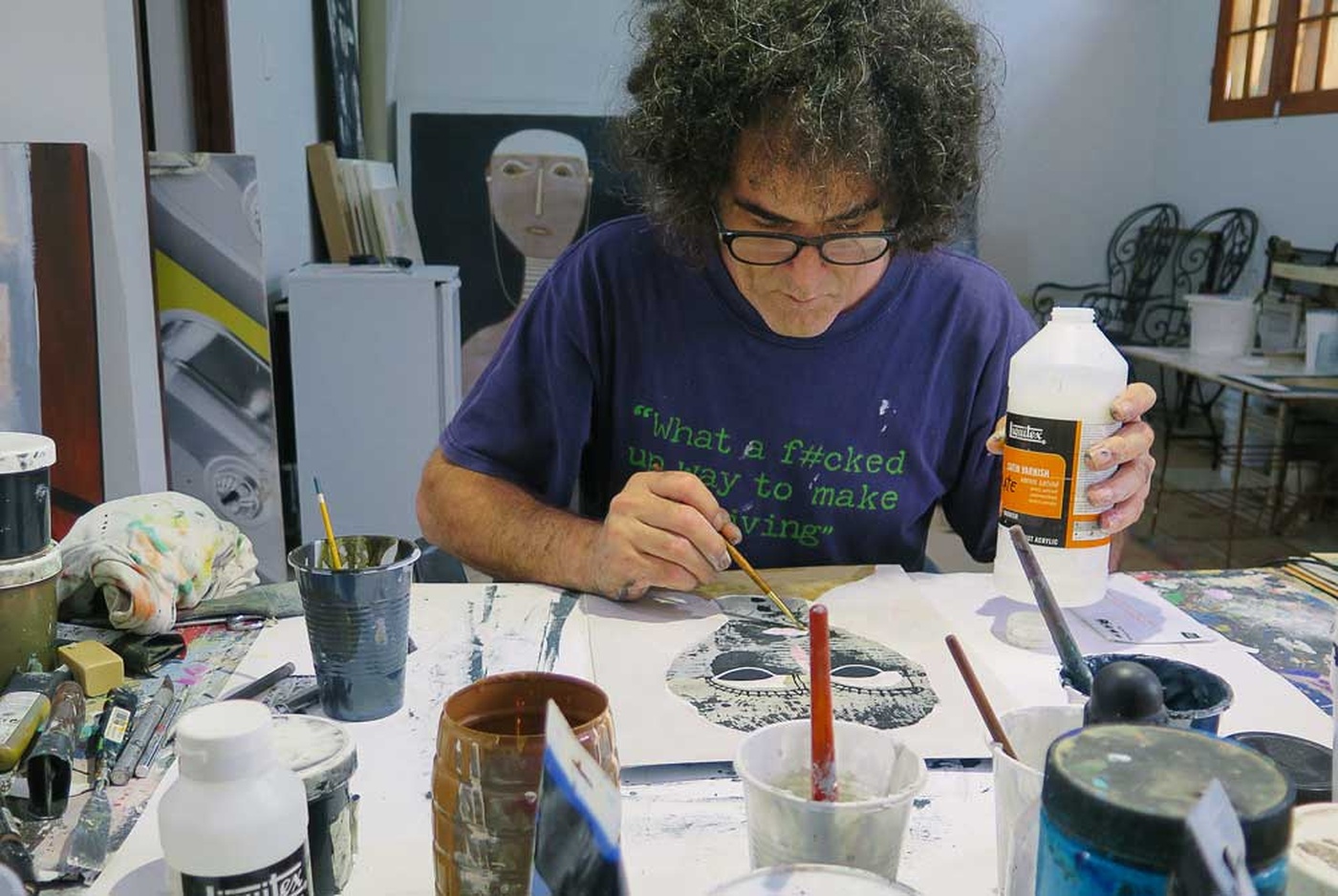Written By: Jyah Anise Hoy
"I started to build relationships with the artists, and trust. I brought down art supplies and could see that they needed a voice – someone to tell their story, beyond Havana."
Bryant Toth on how his passion project turned into Bryant Toth Fine Art, the compelling magic of the island and his plan to give Cuban artists a voice.
Give us your mini bio.
My name is Bryant Toth. I curate and exhibit contemporary art, specializing in Cuban art.
What attracted you to Cuban art?
I’ve been an art lover and collector for a long time; my interest in Cuban art started as a passion project. I was introduced to Havana by my hospitality mentor, Sam DuVall, who has traveled to Havana over fifty times in the past twenty years. I fell in love with the culture, the people and the energy surrounding the city. My current involvement with Cuban artists came about organically. In the past five years, I’ve visited over ten times and met only a few of them, the first being Hector Frank and then Exposito, Ignacio Merida, and Juan Carlos Vazquez Lima. I started to build relationships with them and trust. I could see that they needed a voice – someone to tell their story, well beyond Havana. Theirs is such a spectacular, powerful story that wasn’t getting outside of the walls in which they were being confined.
How did collecting Cuban art go from a passion project to a career?
It all happened organically, to be honest. I’m an avid traveler and truly believe that some of the most powerful stories come from immersing yourself in different cultures. I love telling stories and sharing what I’ve discovered during my travels – what I’ve been moved by. As a young art collector, I would bring back select work from my travels and found myself fielding questions about specific pieces of work and the artists themselves. I quickly realized how powerful it was to share the stories of these artists; their passion. I started investing more on my trips and that led to professional relationships with several artists. I now show their work throughout the US and schedule exhibitions around the world.
Given the strained ties between Cuba and the United States historically, I think it would be fair for one to assume there would be logistical issues transporting art out of Cuba and into the United States?
You nailed it. Logistically, it’s not as easy as it would be with other countries. All of the art I’ve shown in Miami during Basel, Nashville, San Francisco and New York has been carried under my arm. It’s difficult. Sadly, there are no secure shipping possibilities at this time from Havana to the United States. I wrapped my second Cuban Art Exhibition as a solo show for Hector Frank in November and just being able to communicate – call, email, framing, how many pieces to show and initial layout –the basics were hard. Communication is such an integral part of the process and trying to make sure that we could connect efficiently proved difficult but we made it work and the show was wildly successful.
You keep coming back to this idea of connecting with the artist. Do you feel a responsibility of some sort? From the outside, it seems as though you are trying to do something that is about more than just selling a painting.
Ever since the very beginning of this project, it wasn’t about just curating or dealing. It has really been about telling the story through the artist’s eyes. The next phase, something I am working on now through the lens of art, is figuring out how I can effectively communicate this story while at the same time exposing them to the rest of the world. I would like to identify an organization; I haven’t found one which is inline with my vision yet, but work with one that can really help with the artist programs in Havana. My mentor taught me to always pack art supplies when traveling—whether it’s paints, supplies, or canvases—whatever may be of shortage. I would love to partner with an organization but also work to create one that has a broader reach.
Listening to you, it is super apparent you think Cuba is magical.
There’s so much magic. It’s a very powerful place. It’s not a vacation. You are mentally and emotionally stimulated while you’re there. You are moved positively and negatively by the culture and the suffering that has taken place. Through the hurt and turmoil Cuba has experienced, some very beautiful things have manifested. Art is one, music second, dance third and the list continues. You can really see the culture through them. But there’s so much more that we all need to pay attention to and address.
For example, I JUST started learning about how vital the coral reefs are around Havana. How important it is to sustain that. How much risk there is if we don’t. You look at a country like Jamaica with all its major resorts, which destroyed their landscape and reef system. Recent conversations have made me aware of how shockingly naive I have been to the similar impact this could have in Cuba. I know the importance of taking care of the environment at large, but I didn’t realize how vital the Cuban waters were to the surrounding ecosystems—specifically of the Caribbean and United States, so that is something I’m actively pursuing.
What are one or two things you would want a traveler to know before they took off for Cuba?
Do your research. Figure out what you want to do and what you want to be exposed to. Make sure you see what Havana has to offer. It pains me when I hear stories of people following the simple route. Sadly, certain areas of Havana have become tourist crazy with knock-off artists, stereotypical music and generic items for sale. The tour buses will drop tourists off for an hour of what they think Cuba/ Havana represents. Don’t let that happen. Get lost. Walk down the old streets of Havana Vieja, Vedado, Playa. Stick your head into the old boxing gyms where people have been training for decades—you might even have an opportunity to spar with 2-time Olympic Gold Medalist Hector Vinent. Walk down to the old port and stroll down 5th Avenue admiring the architecture. Walk through the old book market. Walk into different particulars…not just the ones playing your favorite Buena Vista Social Club song. If someone waves and invites you in for a game of dominos or classic Cuban soap opera’s—DO IT! That’s the true experience.
Oh, and money. Part of the game and magic of the city, is that you can’t withdraw more money than what you brought in yourself. There are no ATMs, banks or wire transfers which accommodate US citizens unless you have a foreign bank account. You have to plan in advance, financially. I know that I’m always going to want to invest in X amount of art, but what about the artist I haven’t met yet? A new piece that I cannot leave without…They’re not taking checks… With this said, things are changing in Cuba at a very positive pace.
We’re firm believers in taking the path less traveled and money… the need is self-explanatory! [laughs].
Changing topics a bit – your background is in hospitality. By following what started as a passion project, you’ve moved into this new artistic and cultural space. How has that transition been for you?
The gift of hospitality is it spans a breadth of so many different industries. The world now, we’re a bunch of plurals. No one is targeting us and saying ‘you are this, this is what you’re supposed to do and that’s it’. We’re not just one thing, we’re multiple things. We can do fashion, we can do music. We can do art, politics, philanthropy, finance, you name it. Follow what you love, and keep pushing.
Given the political and artistic landscape, it does feel timely to push this into more than a passion project and really see where it will take me.
Outside of Cuba, there is a general fascination with contemporary art. I see a huge market for young professionals that are in the 25-45 age range, that really want to start collecting art but might not have the resources to overextend on certain works. Offering contemporary and affordable art is a niche that I see people positively responding to. That $3,000-$10,000 world is achievable and accessible for a lot of people—while still a lot of money, it can be justified if you absolutely love the work. You go to Orchard Street and there are galleries opening every week. Less glitz and glamour – it’s the pop-up and avant-garde spaces that are grabbing people’s attention.
In an ideal world, where do you see Bryant’s Cuba in the next few years?
Good question. I want to see the artists I currently work with have their own voice and personally exhibit their work internationally. I was very excited about my most recent exhibition in New York with Hector Frank. We were able to process a successful visa so he could physically be here in New York during the exhibition to show his own work. That was amazing…a dream come true. I plan to focus on fostering all of the other artists I work with while always continuing to discover new talents and voices. Planning exhibitions in sophisticated and diverse cities around the world while always focusing on positive change in Havana—more so than I am now.
I’ve developed a very close relationship with Hector Frank’s son over the years and he works with a handful of fantastic young artists right out of University—that’s a very intriguing segment to focus on but also growing the current artists I work with. The nice thing about what I’m doing is that everything leads to something else. I want to keep growing organically and see where it will take me.

